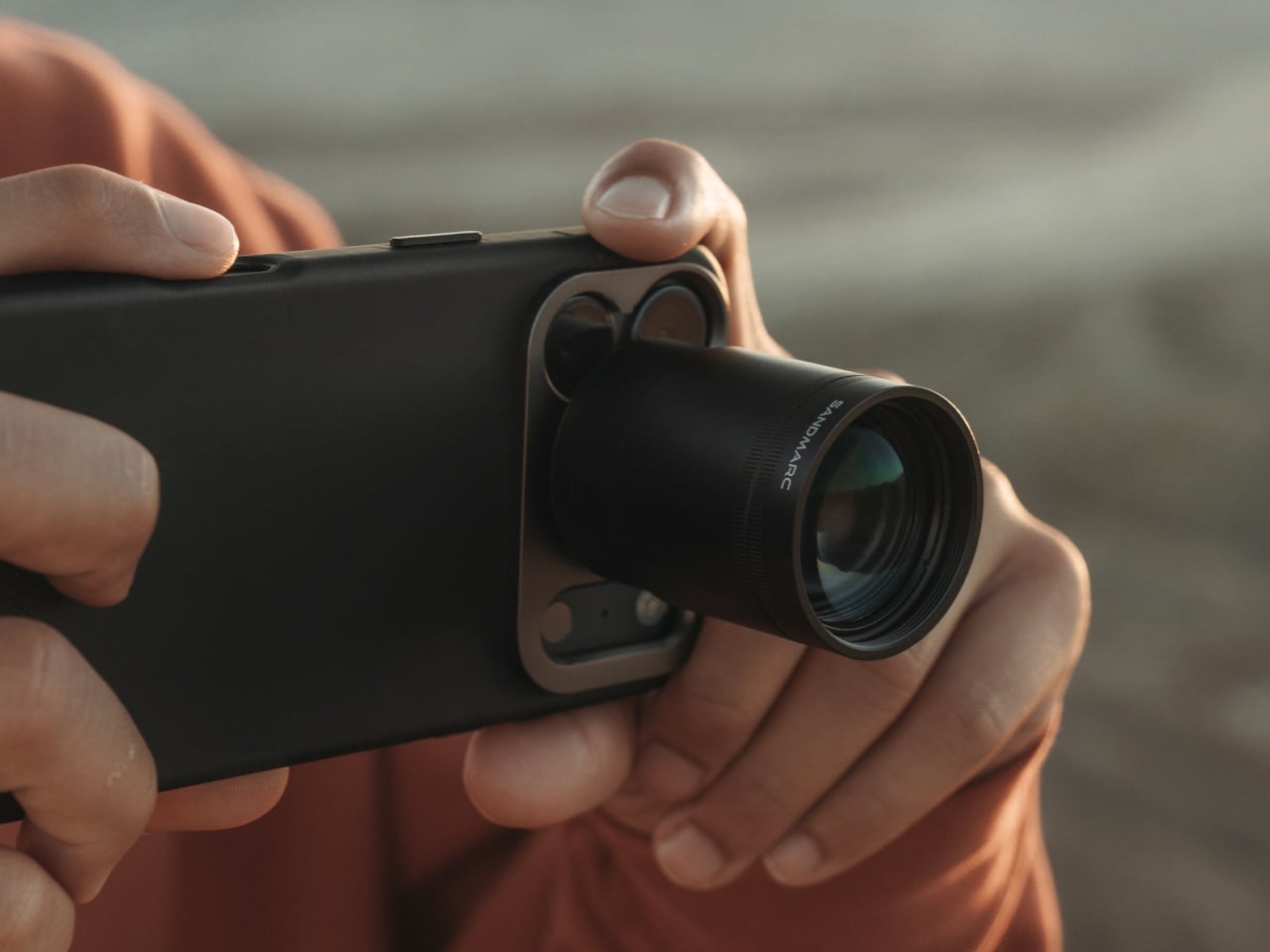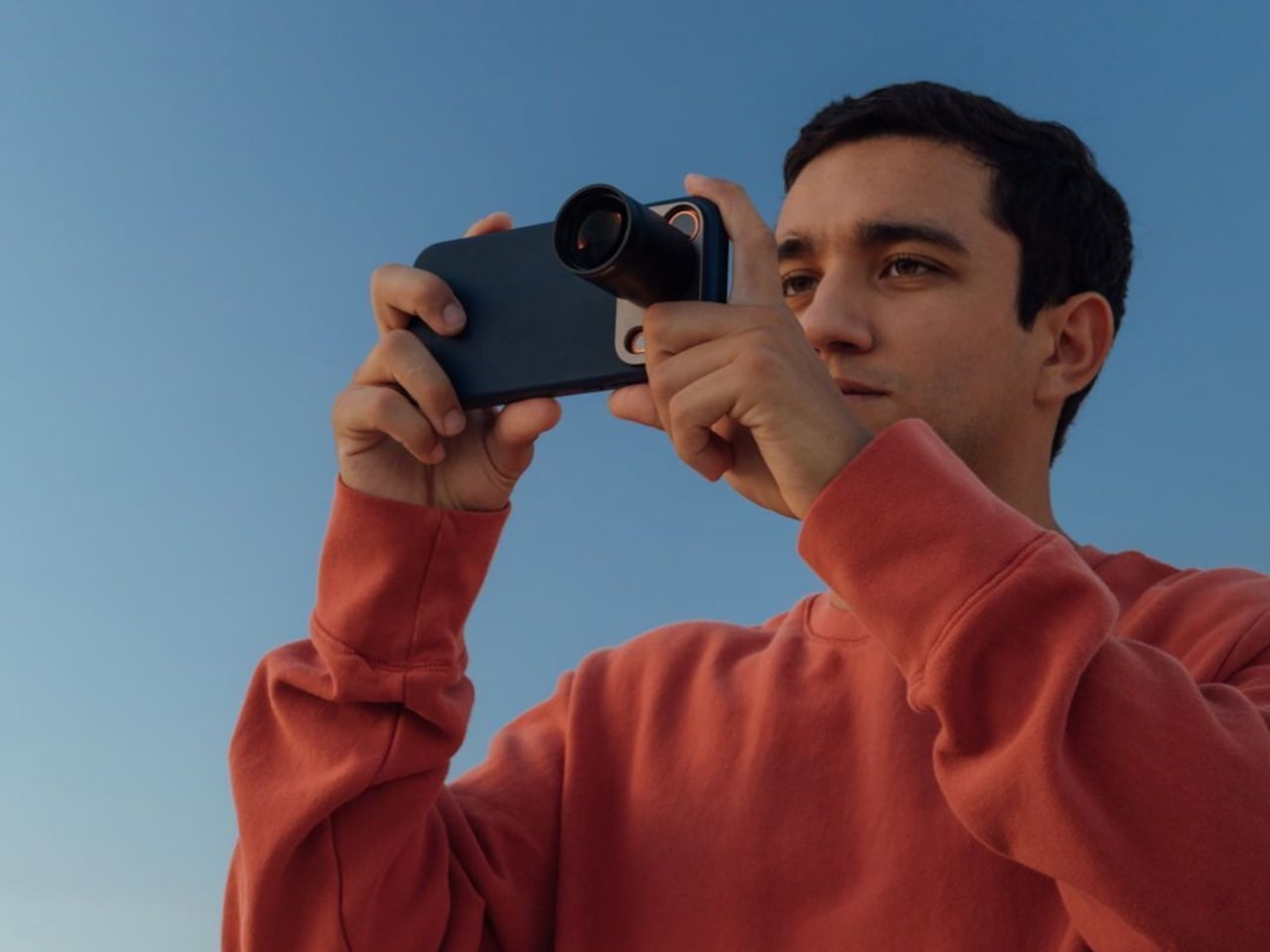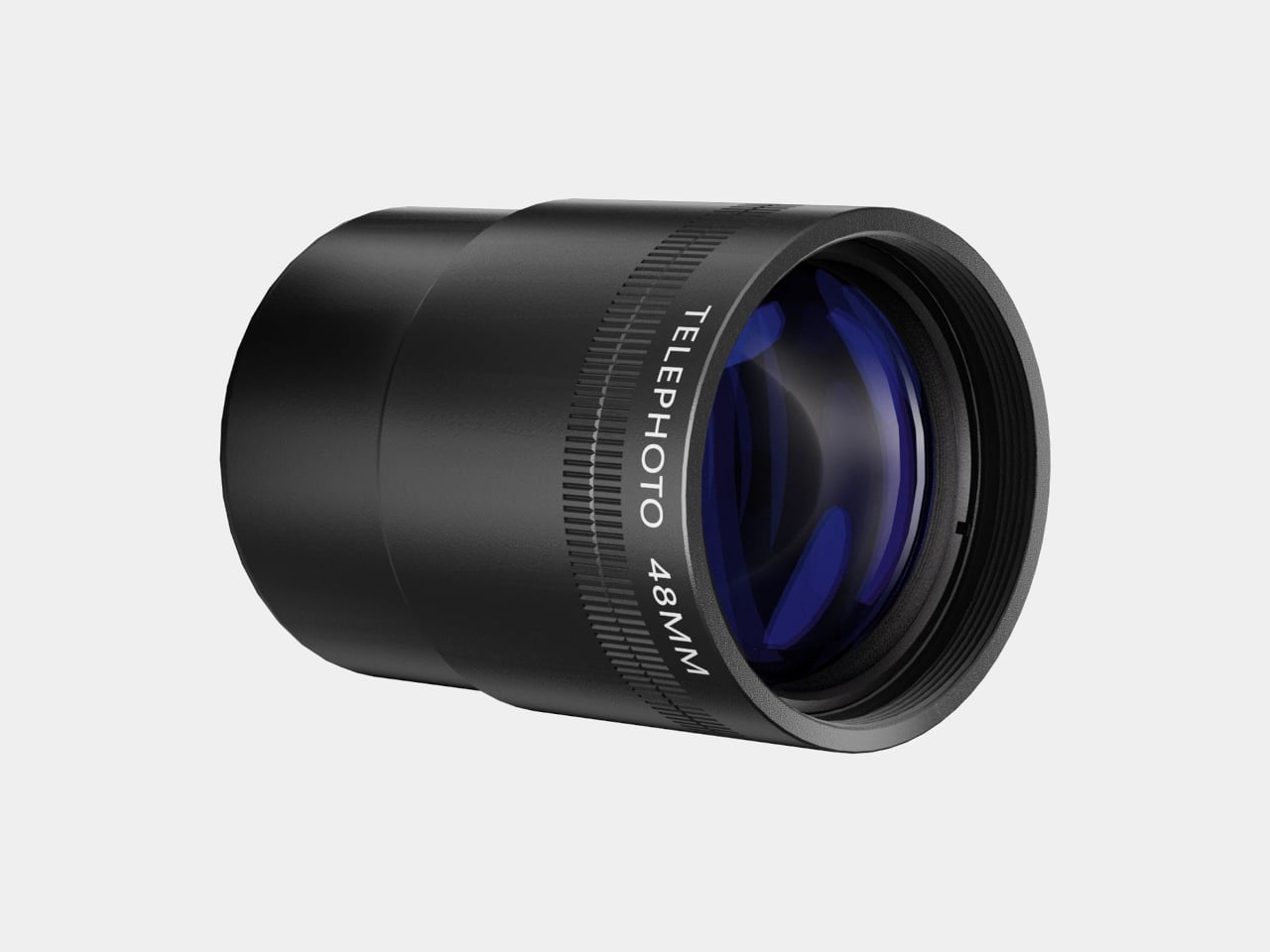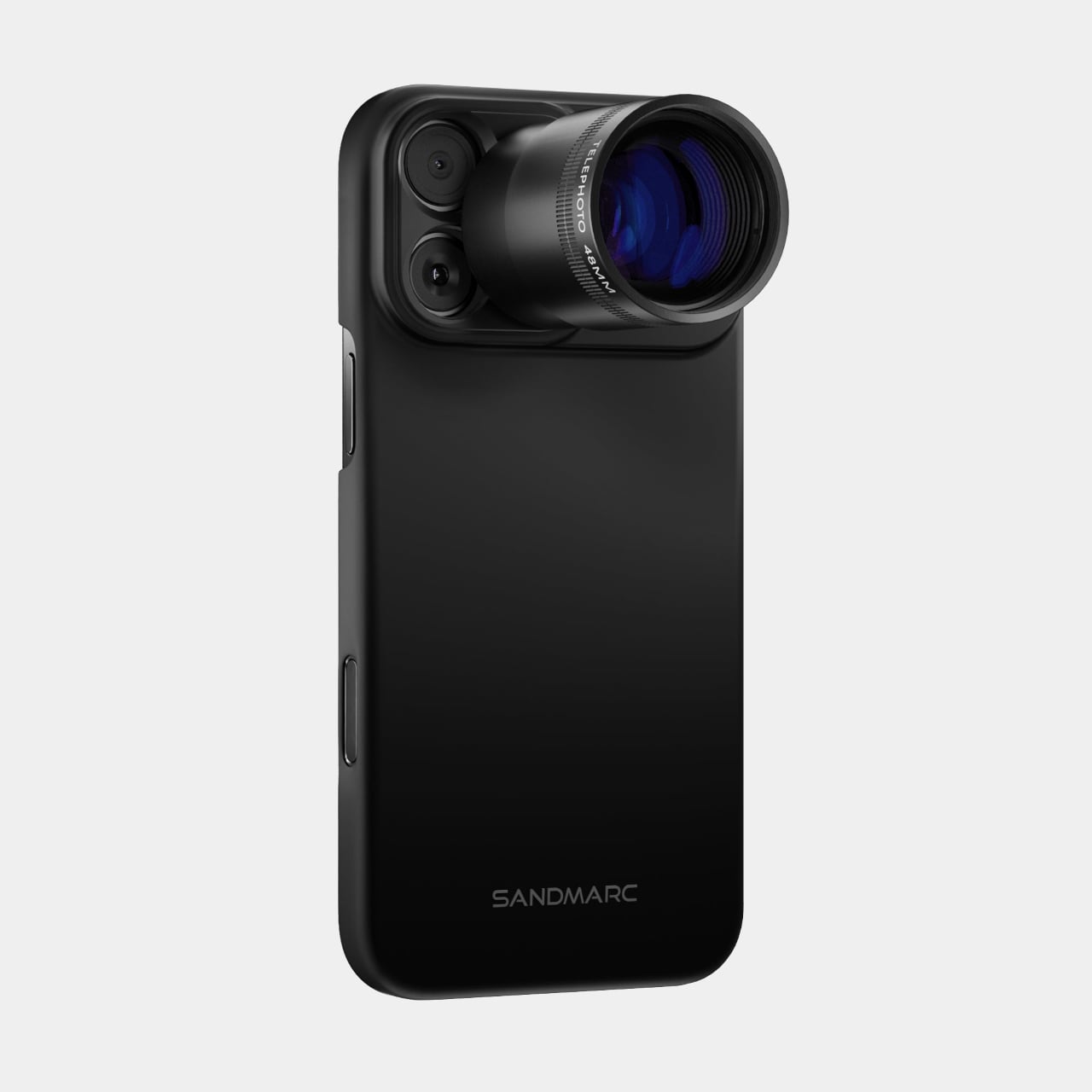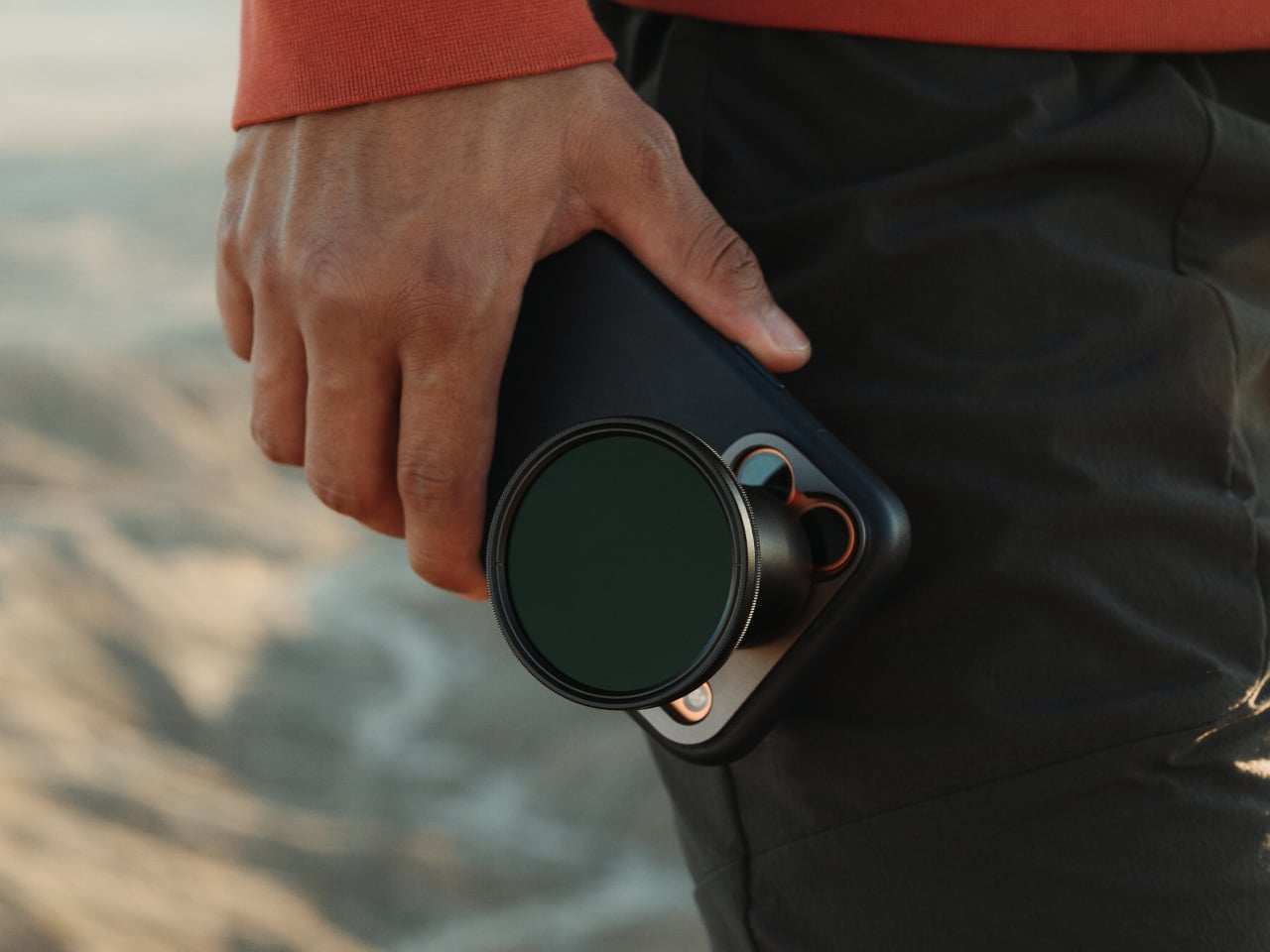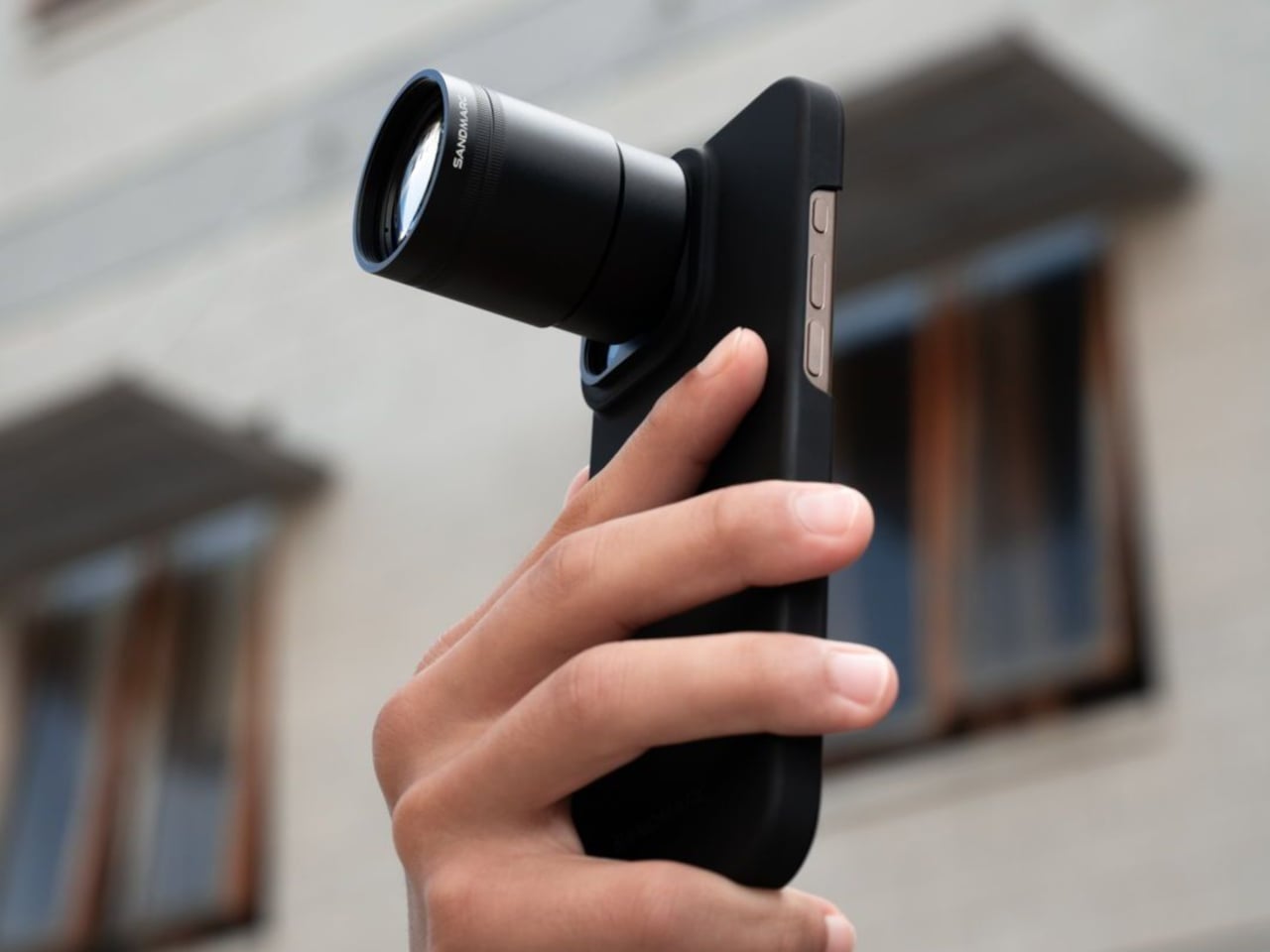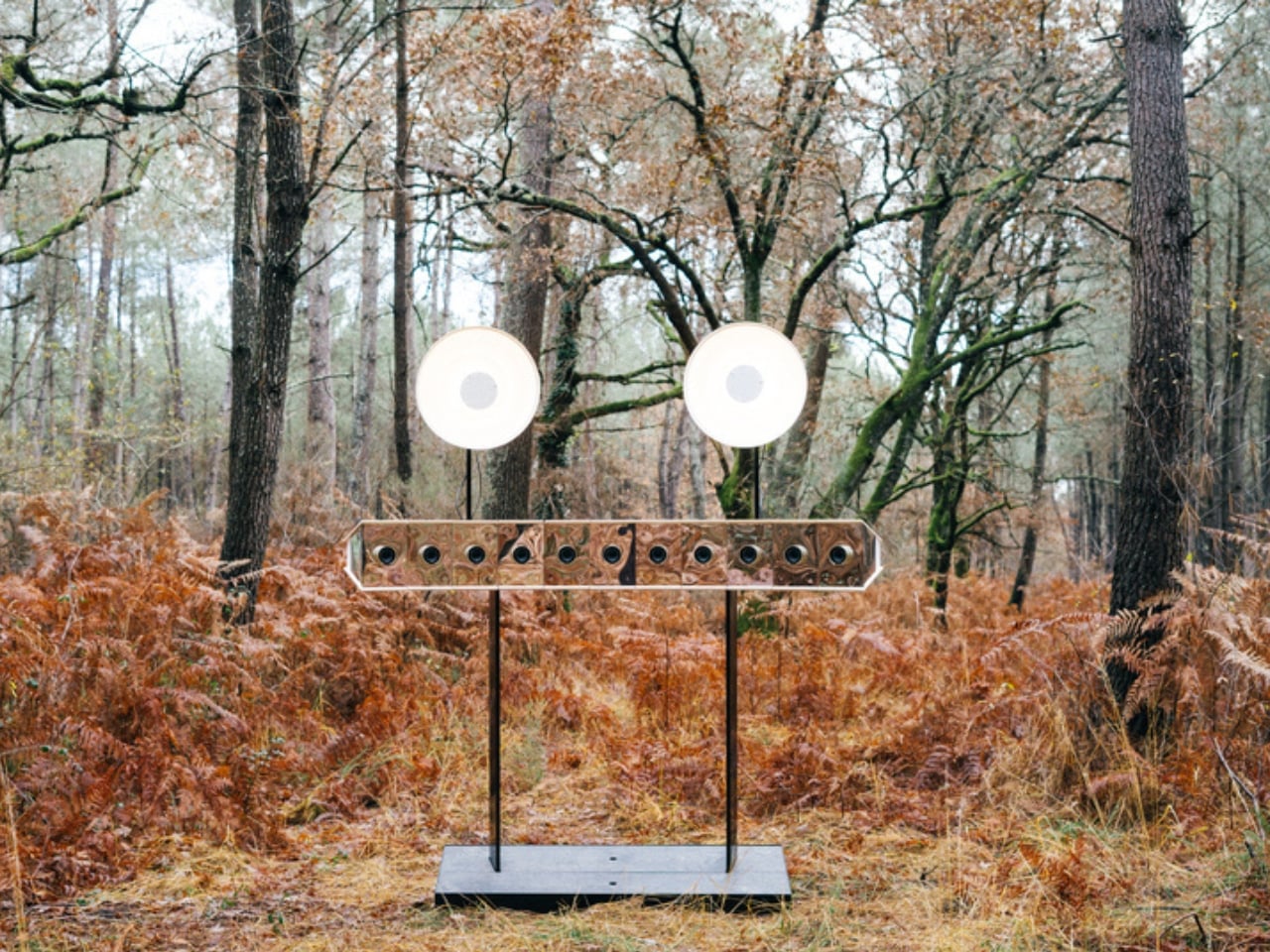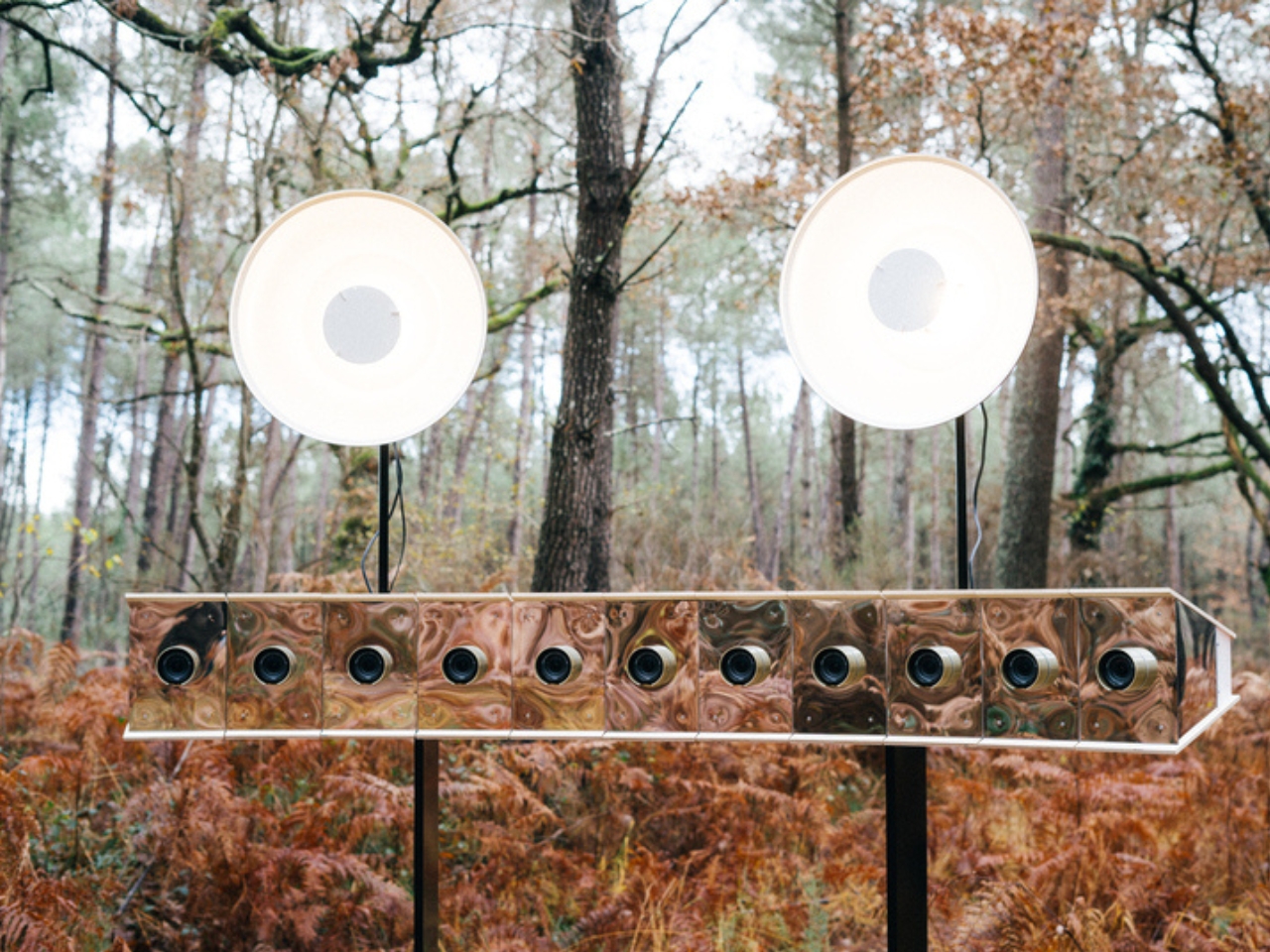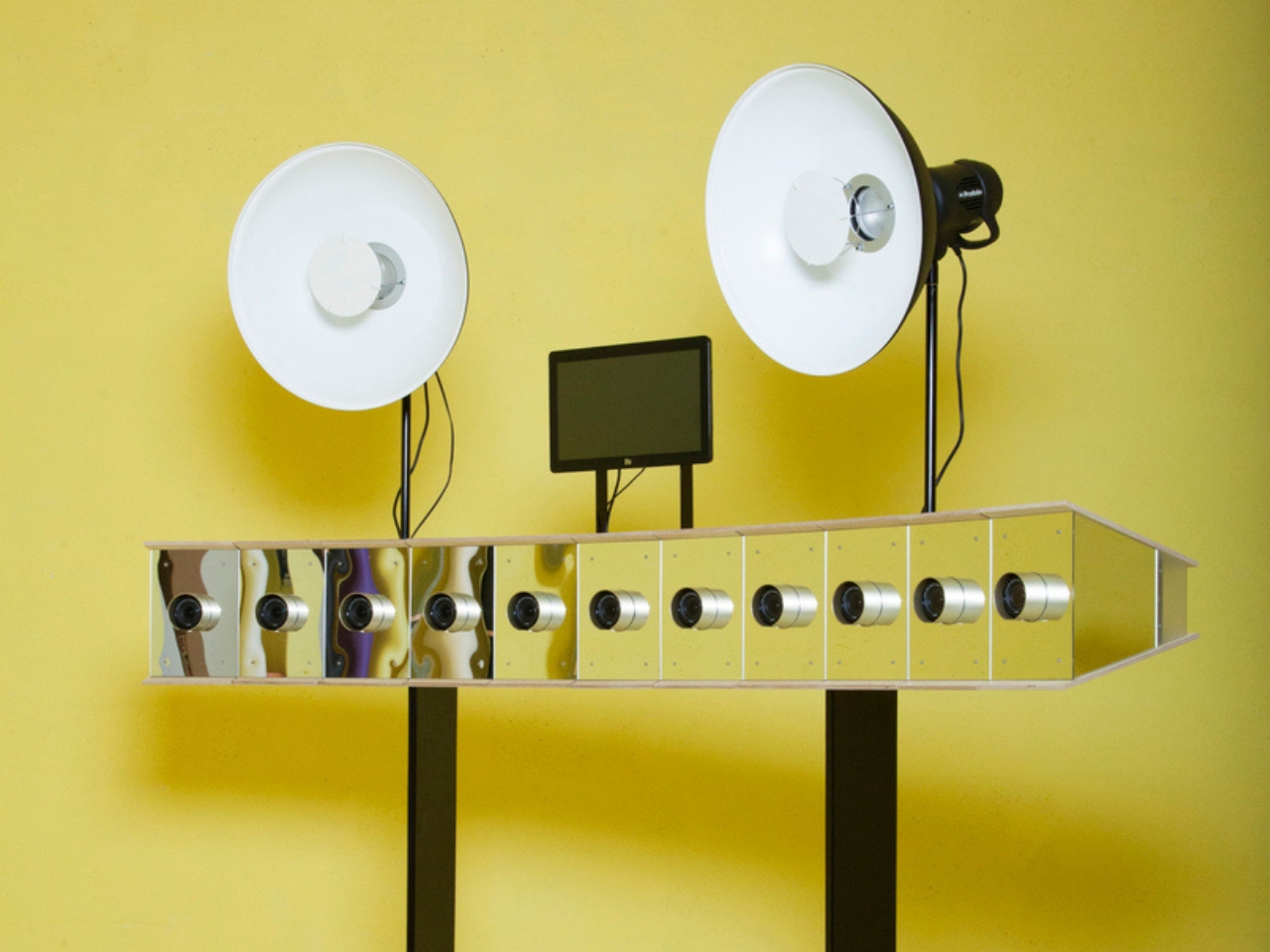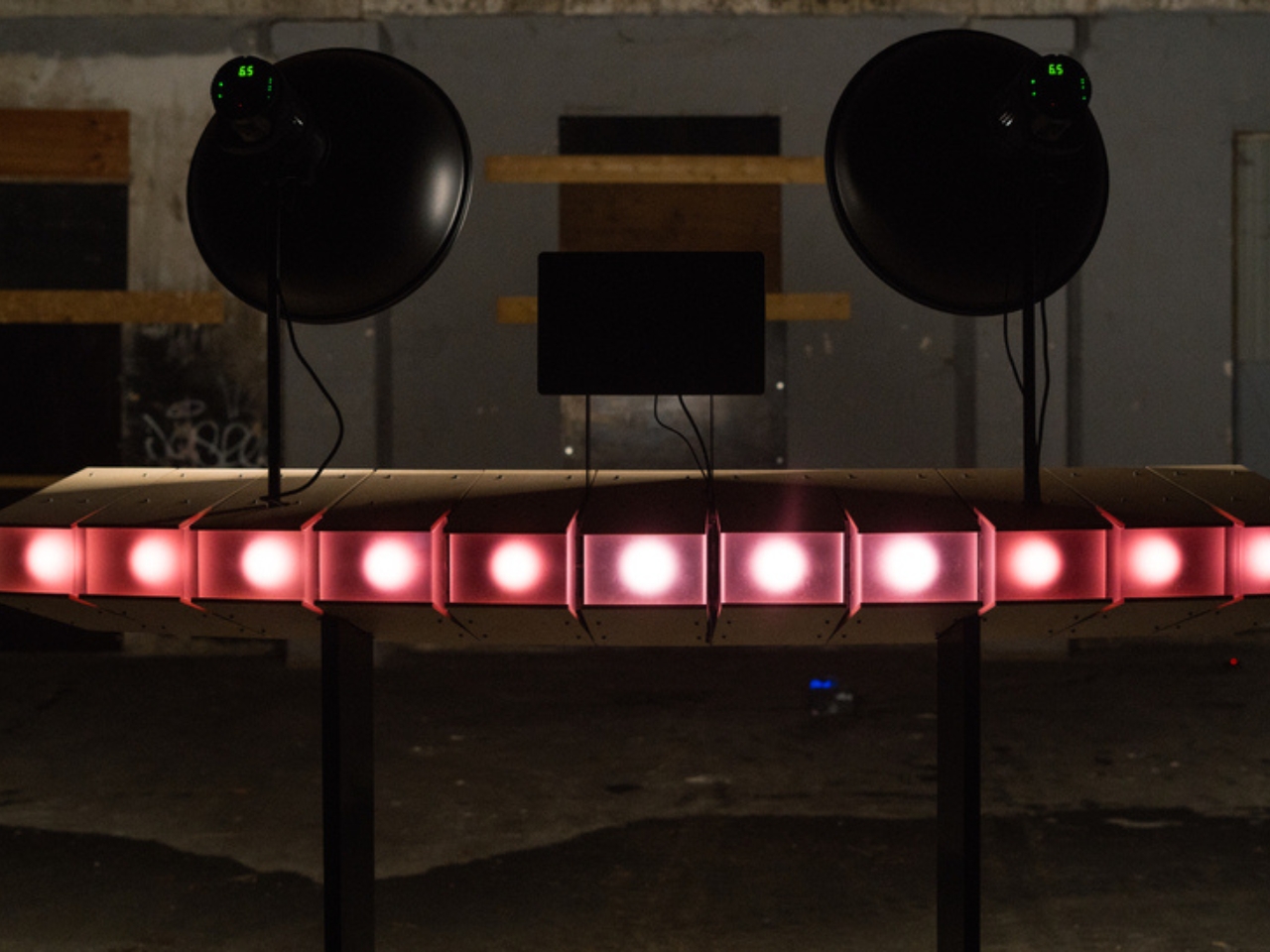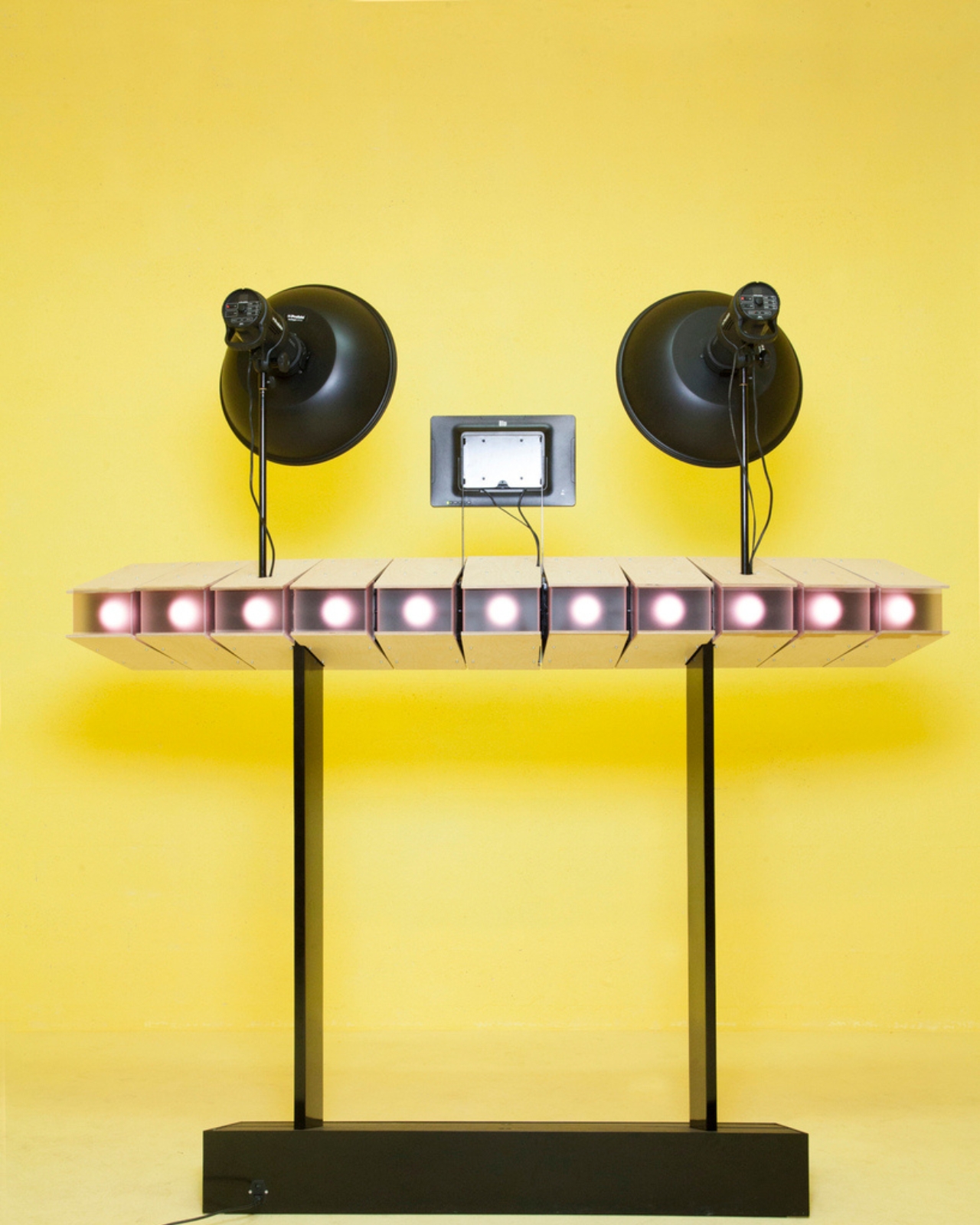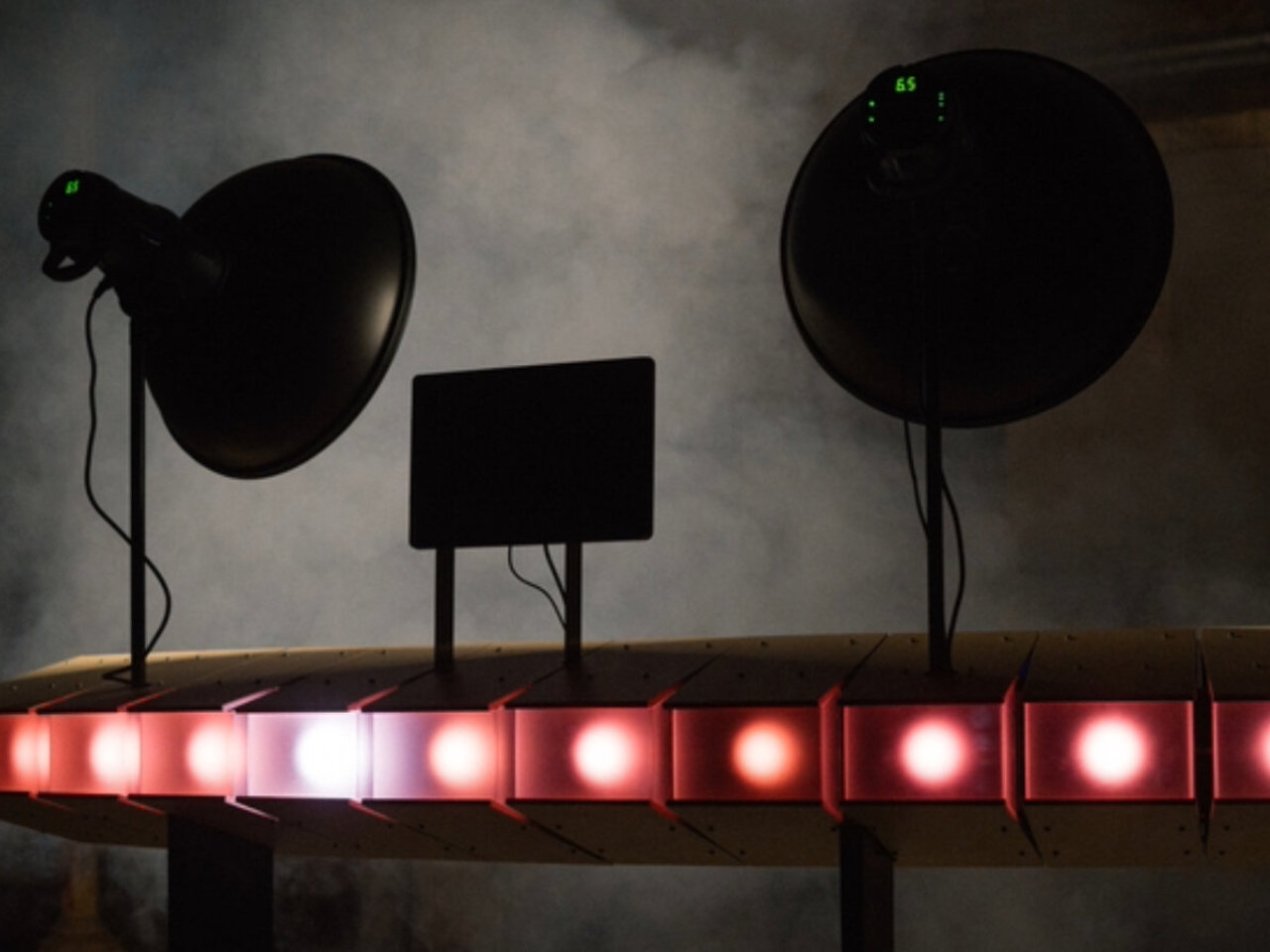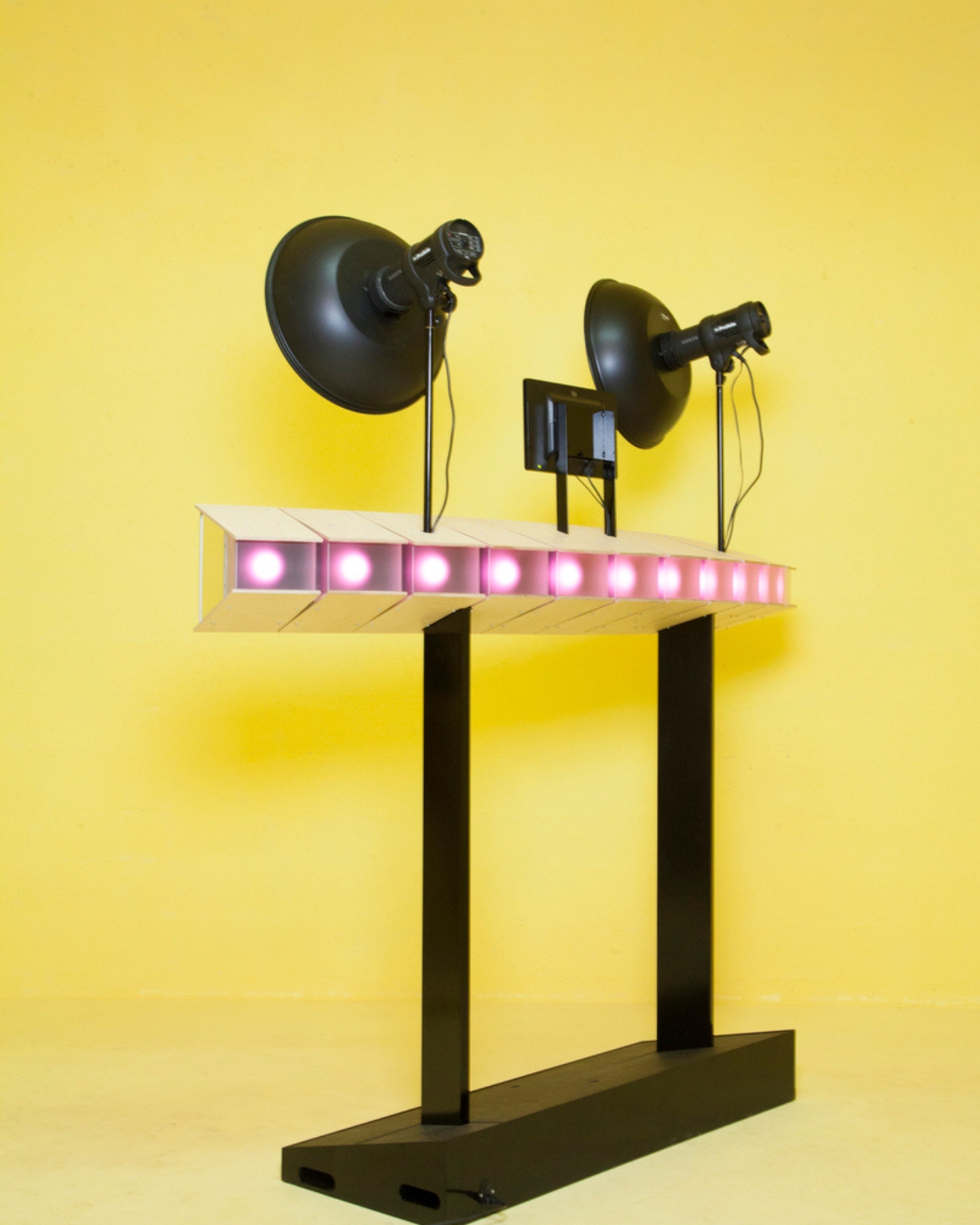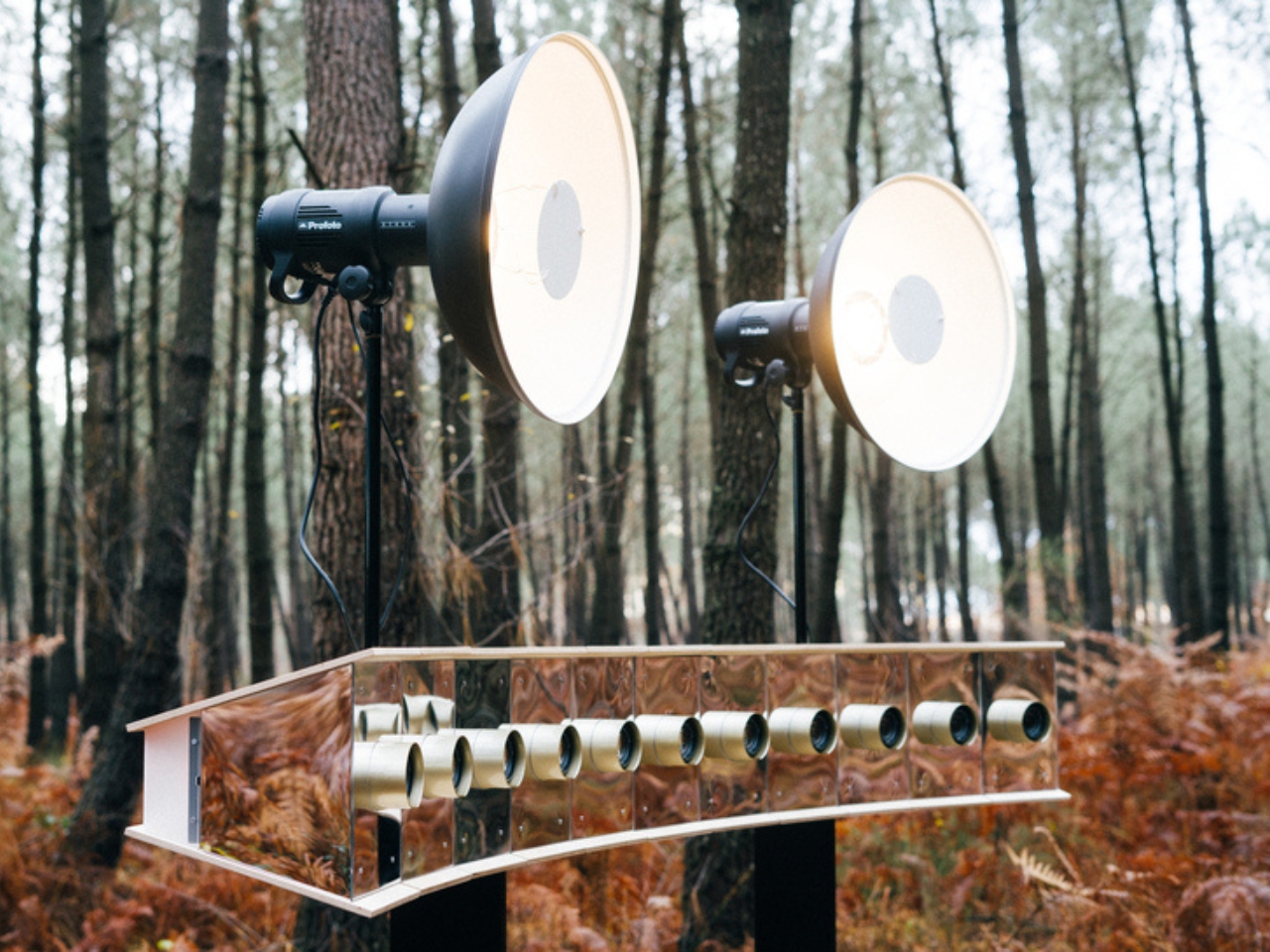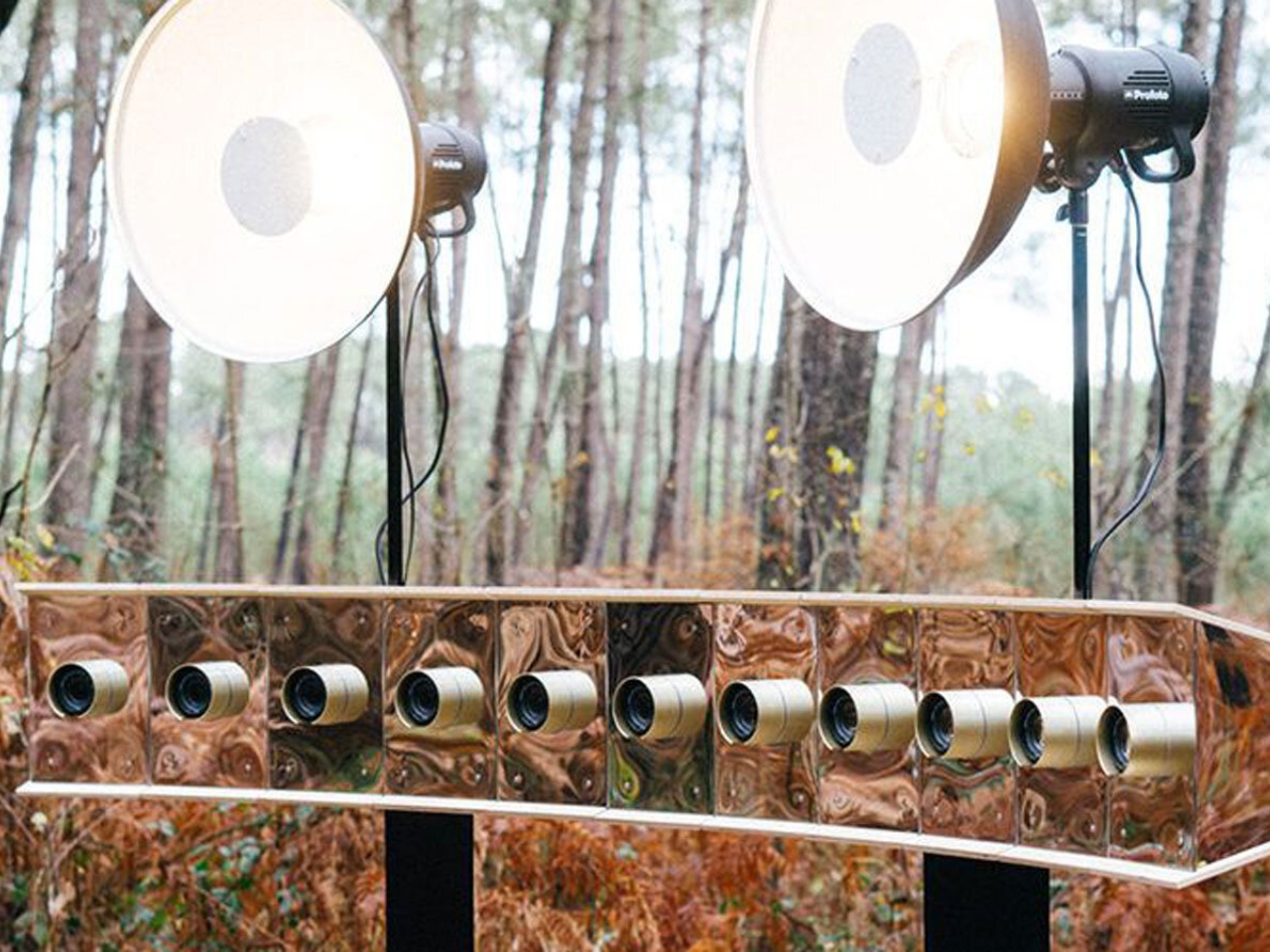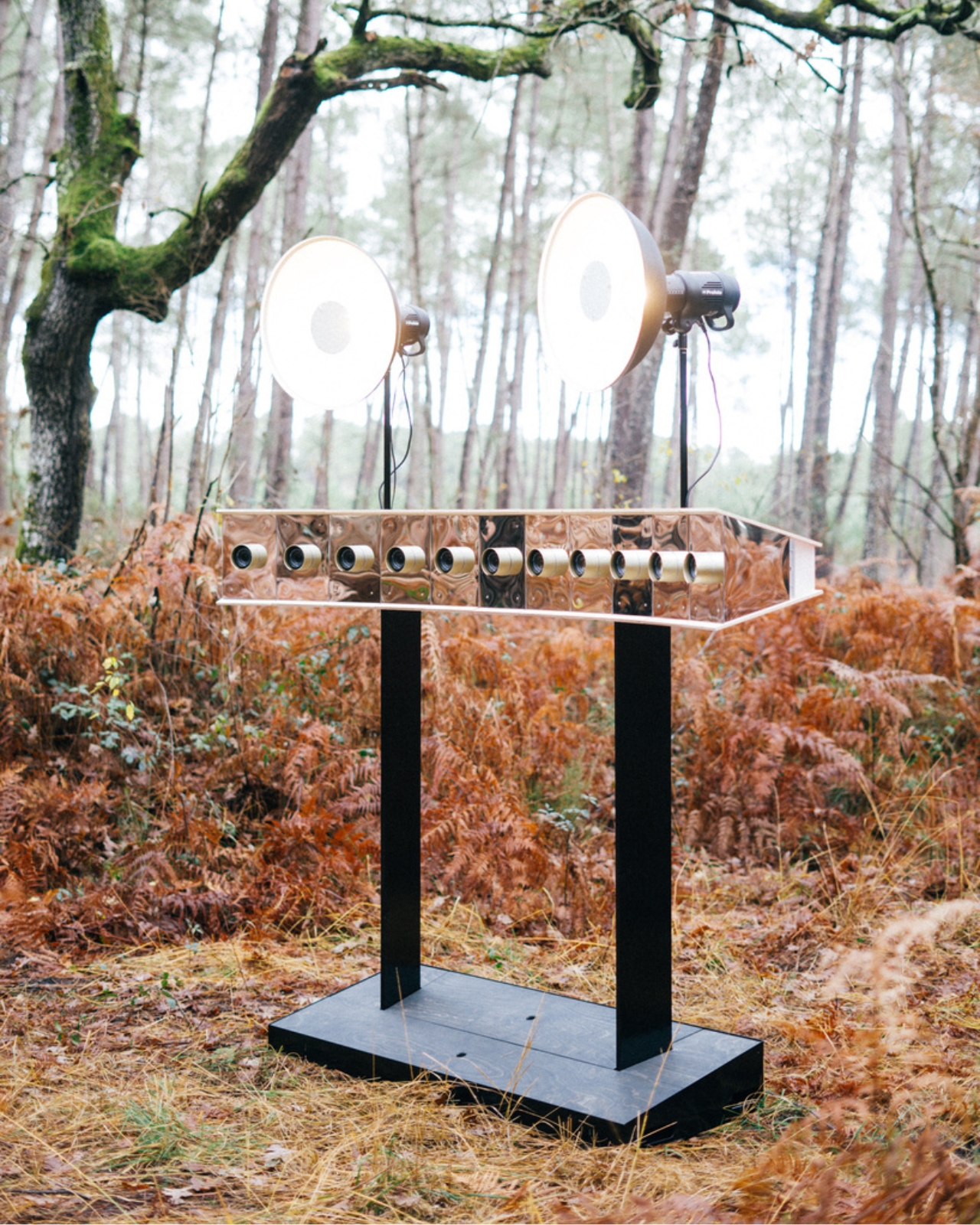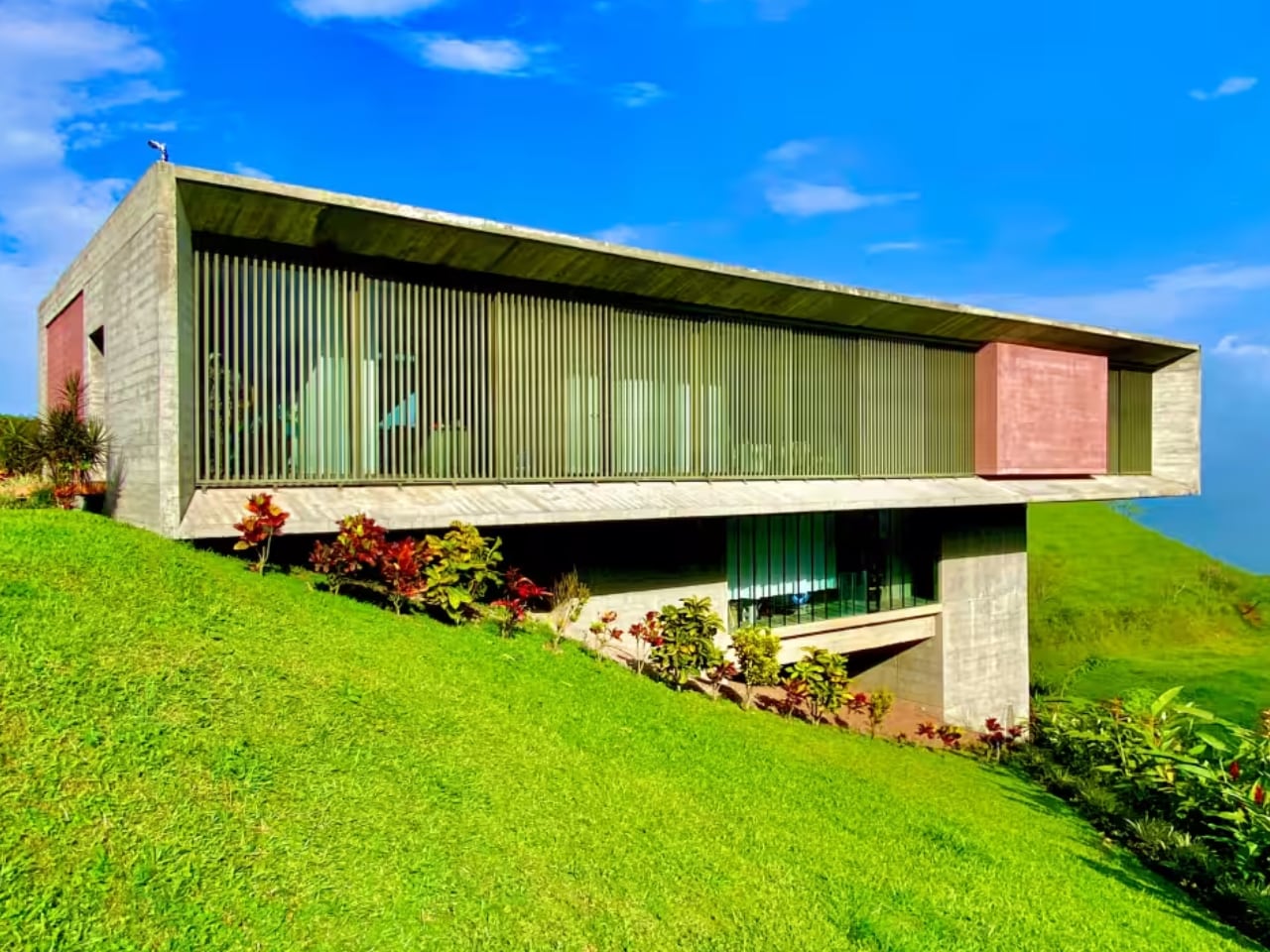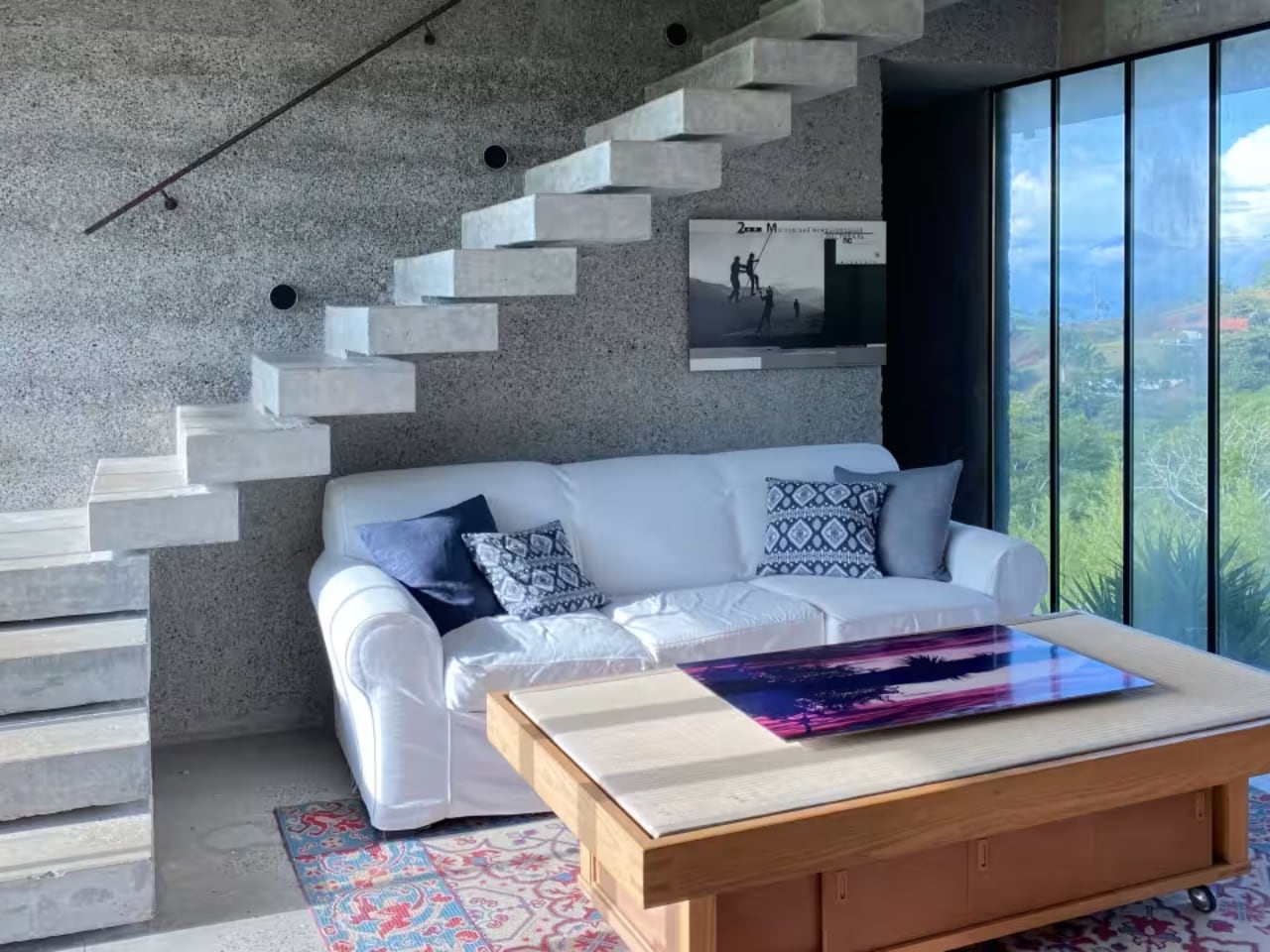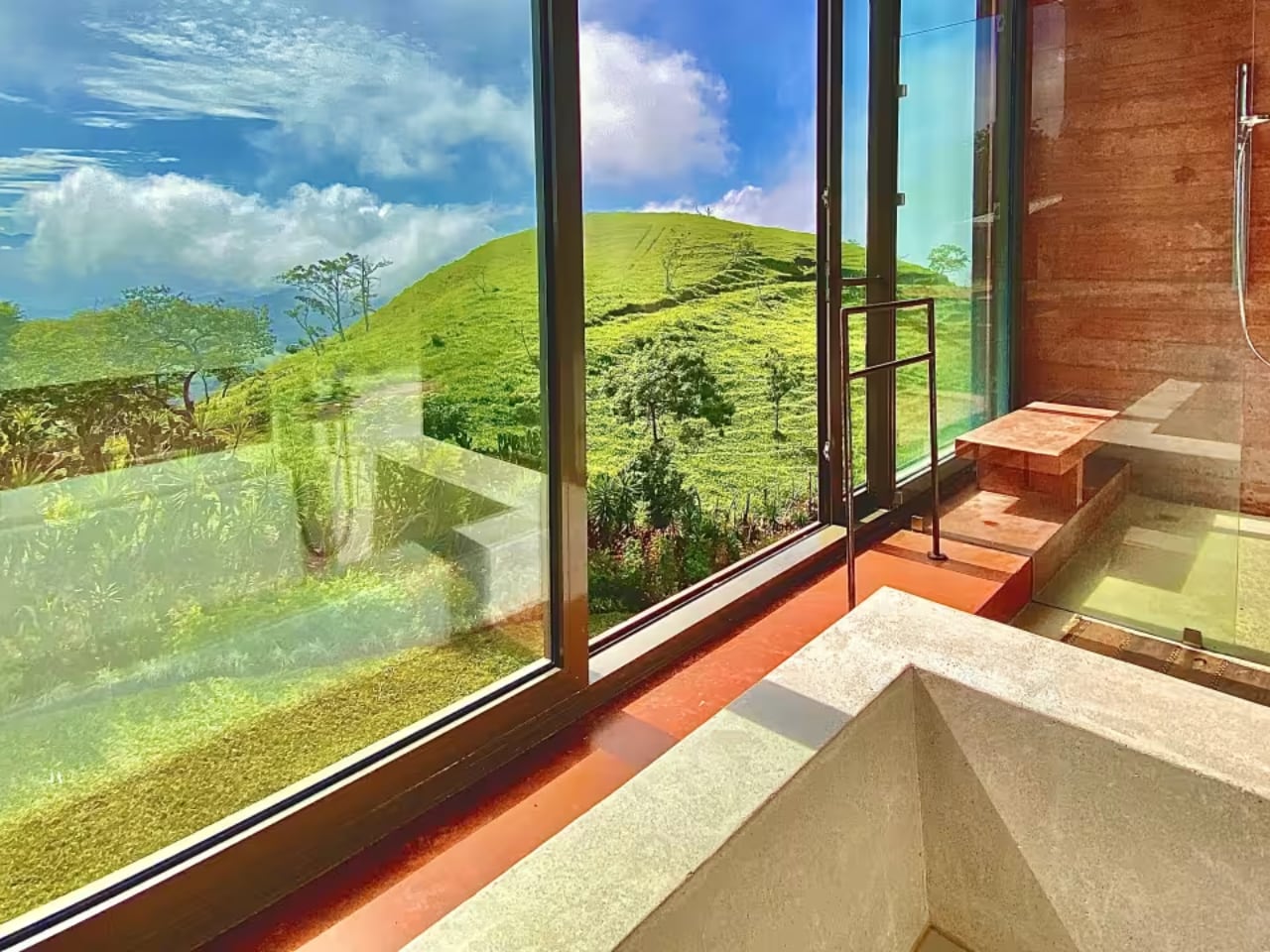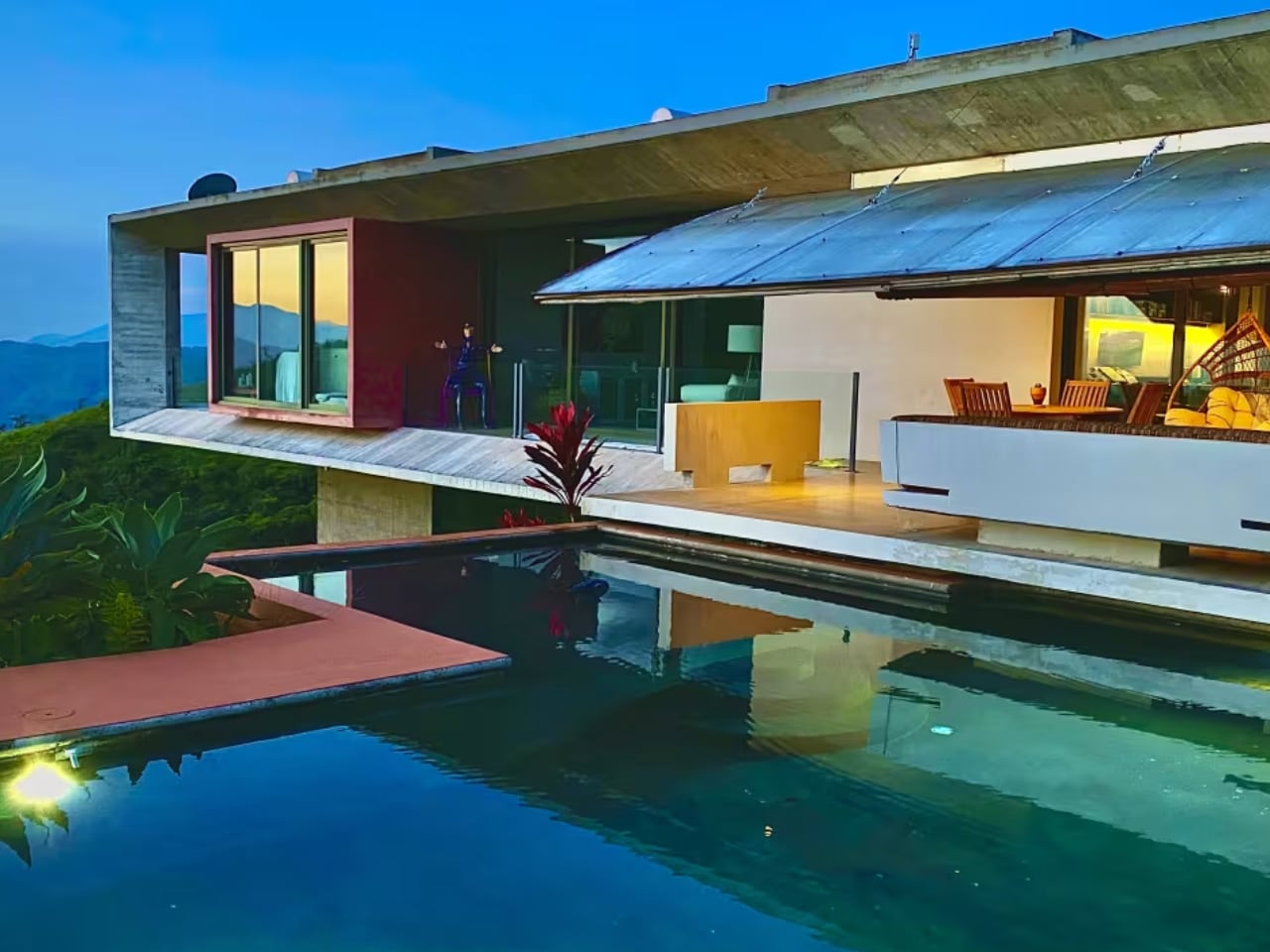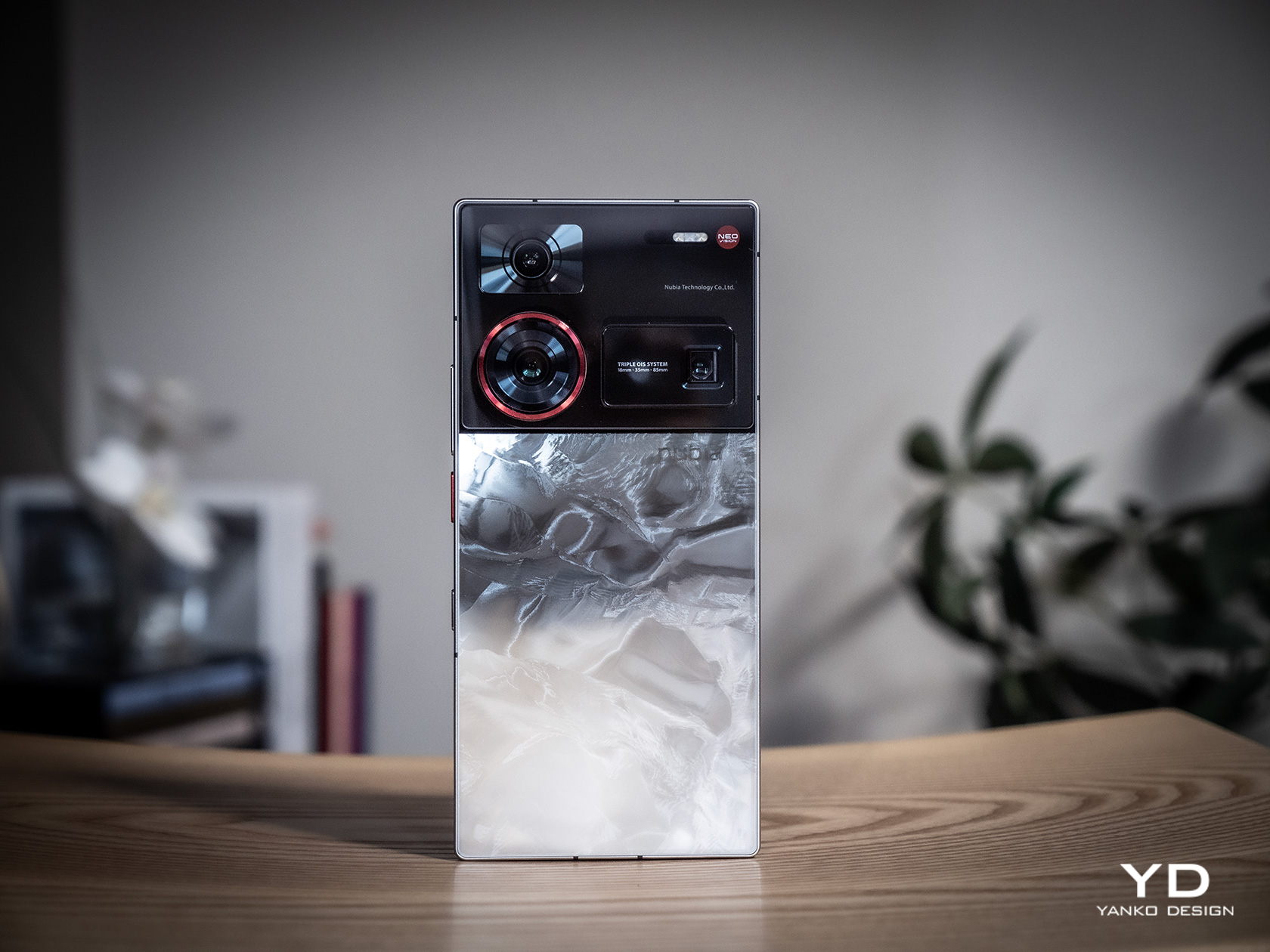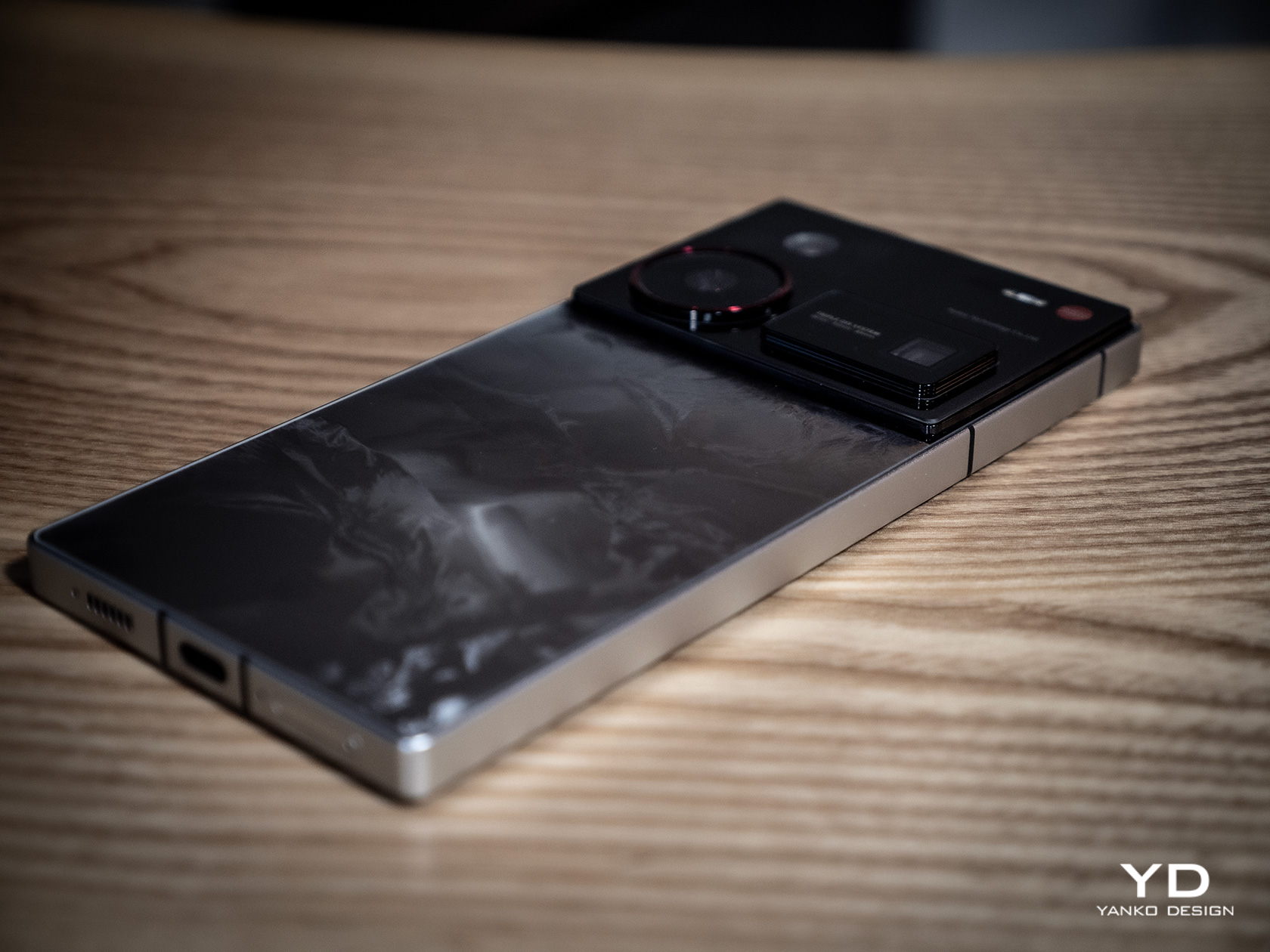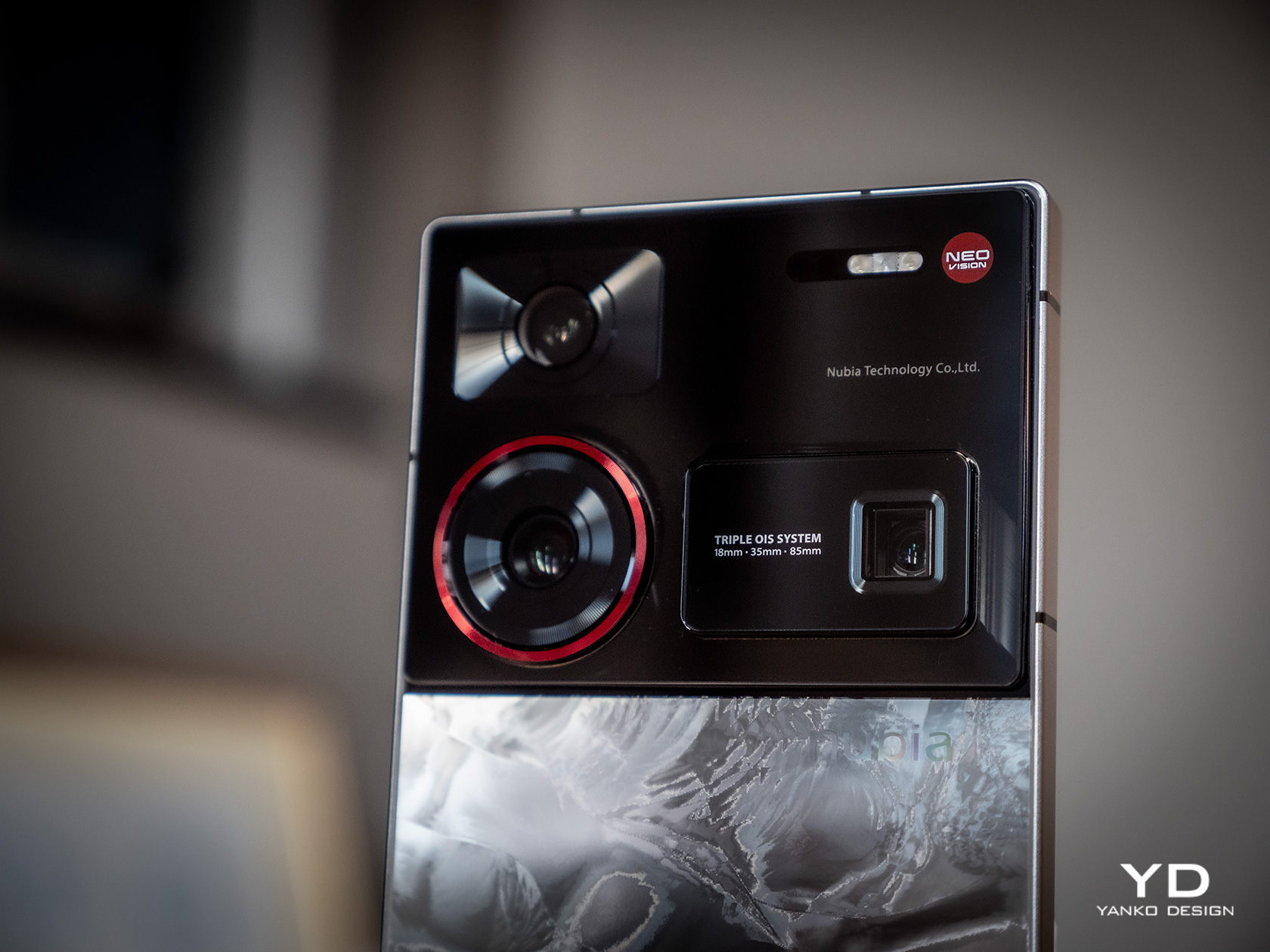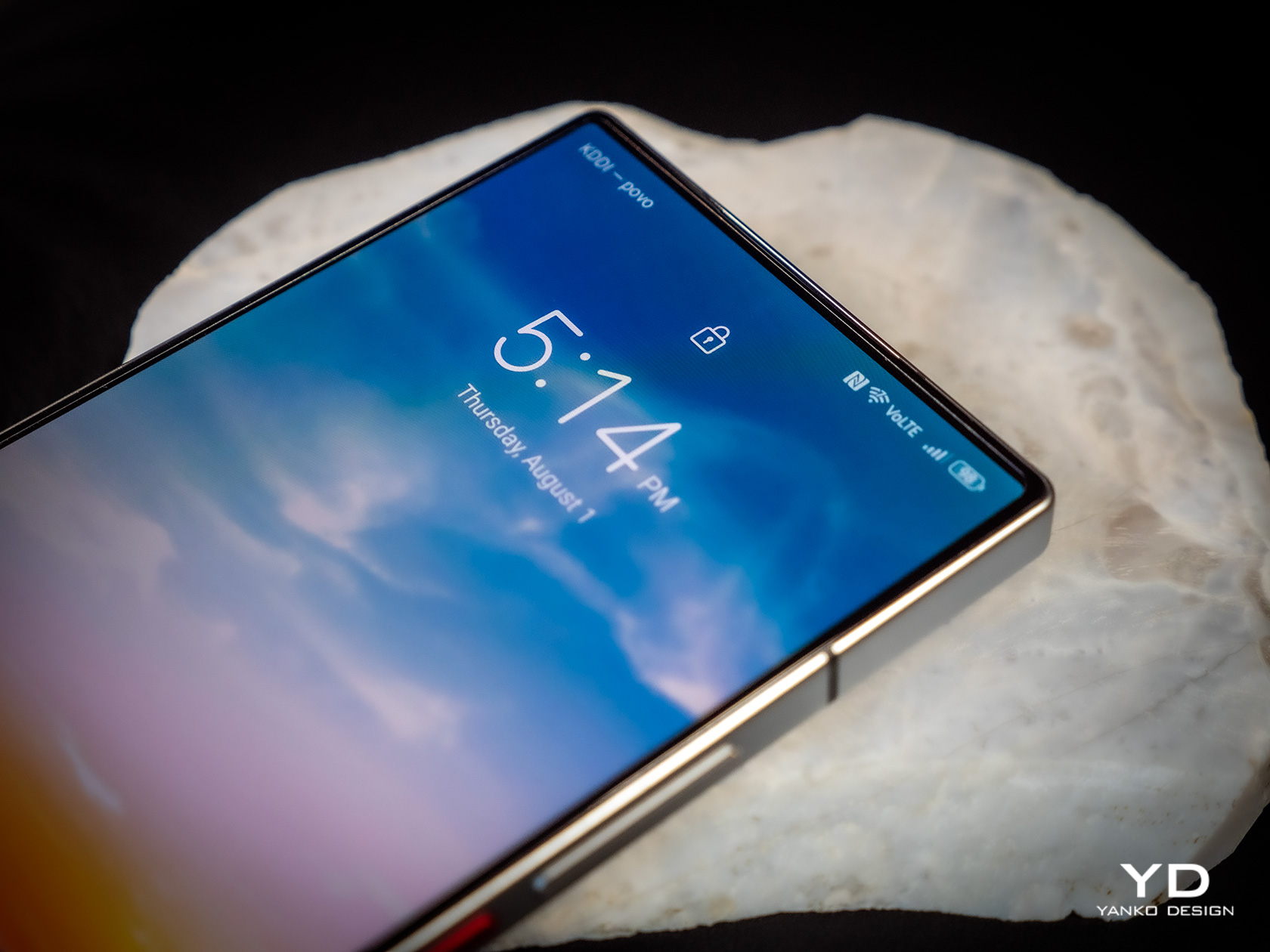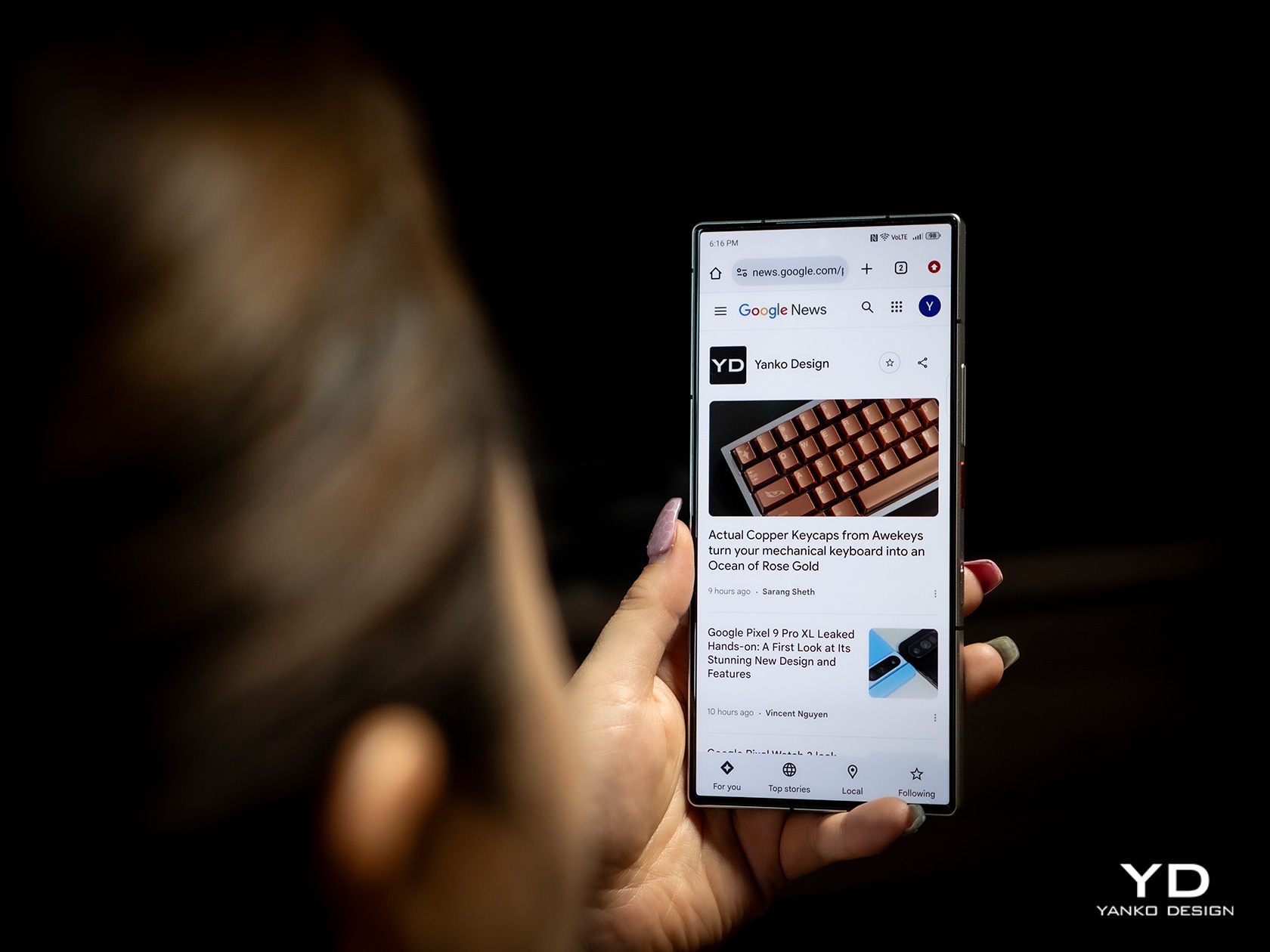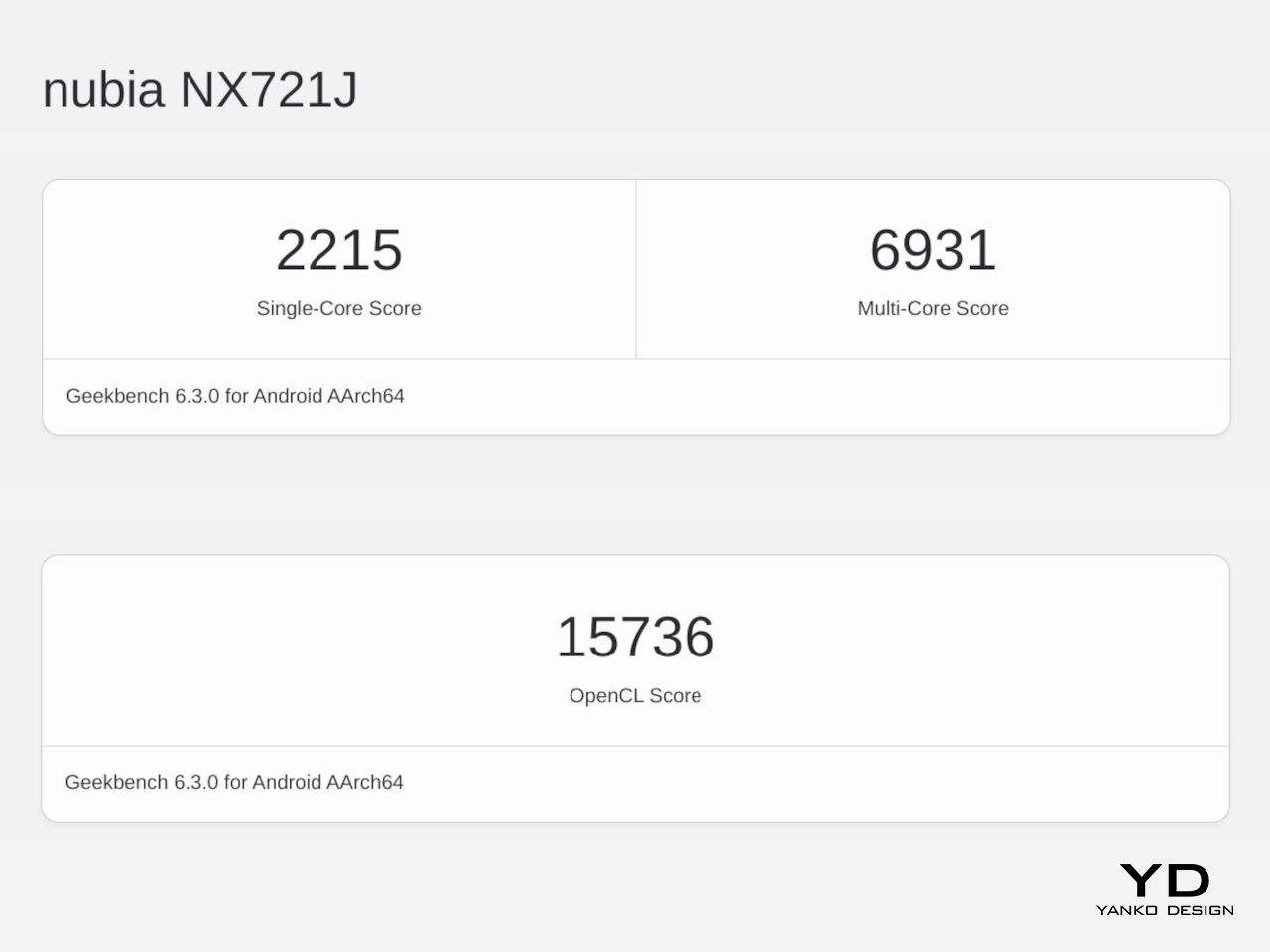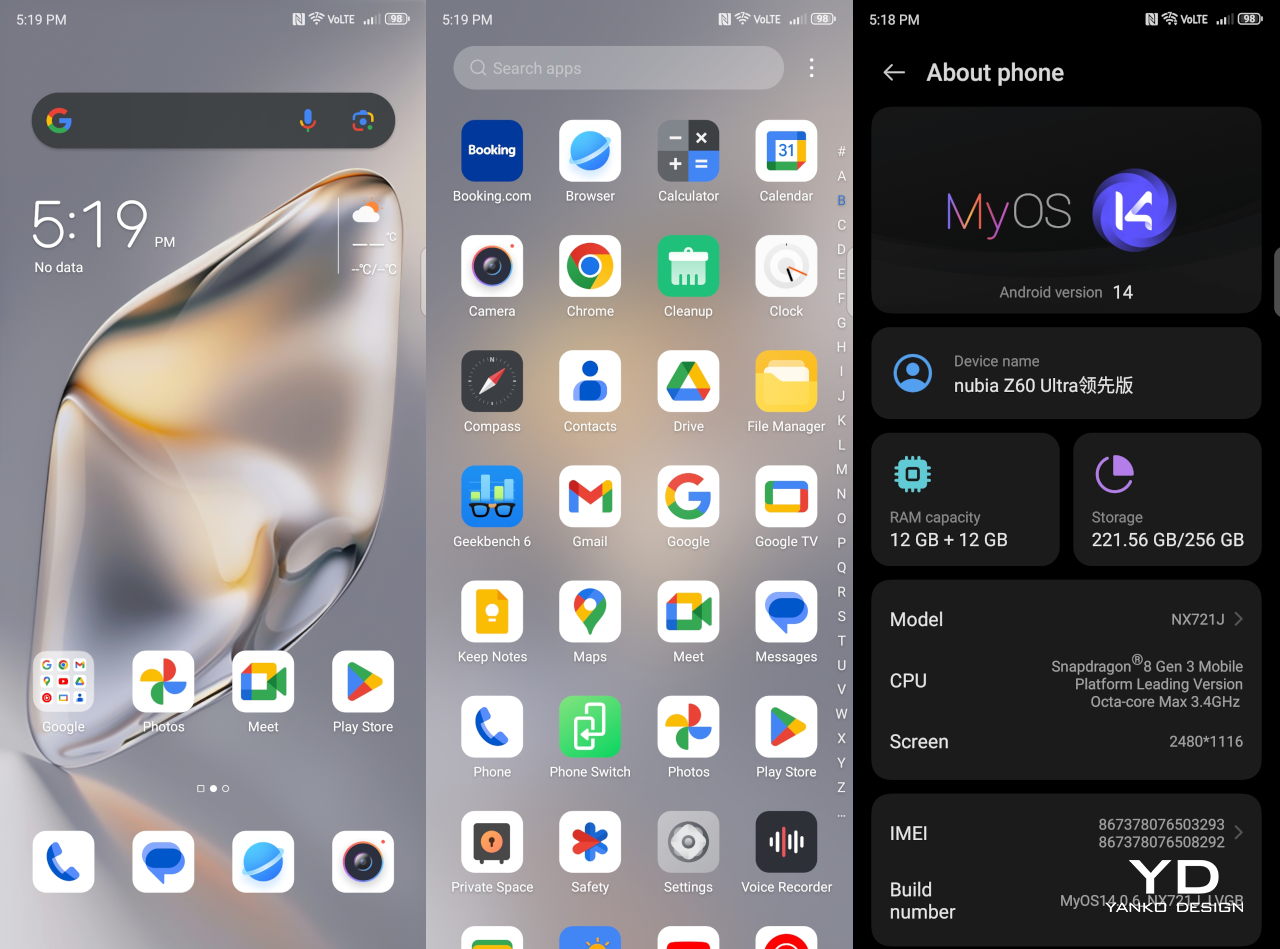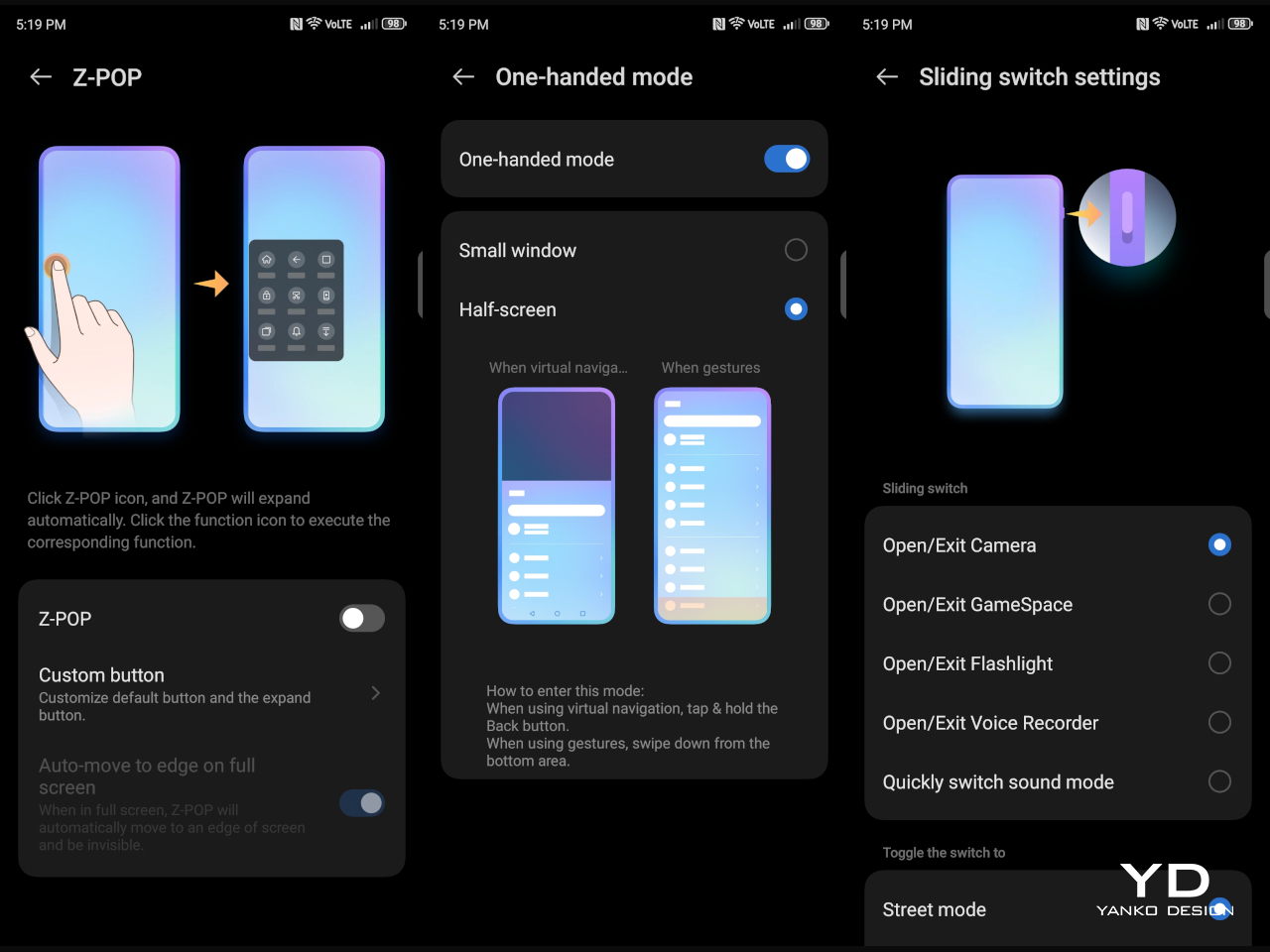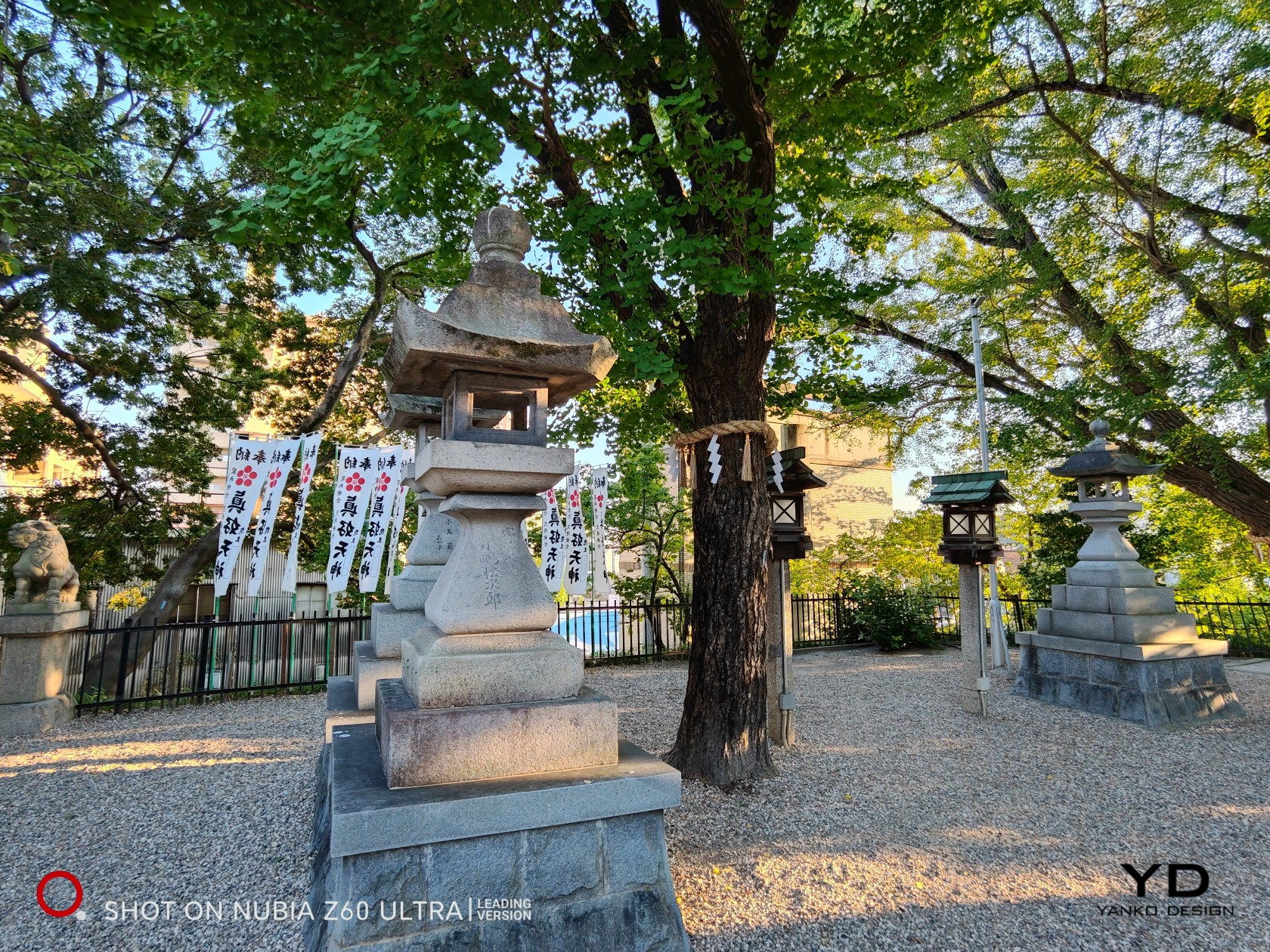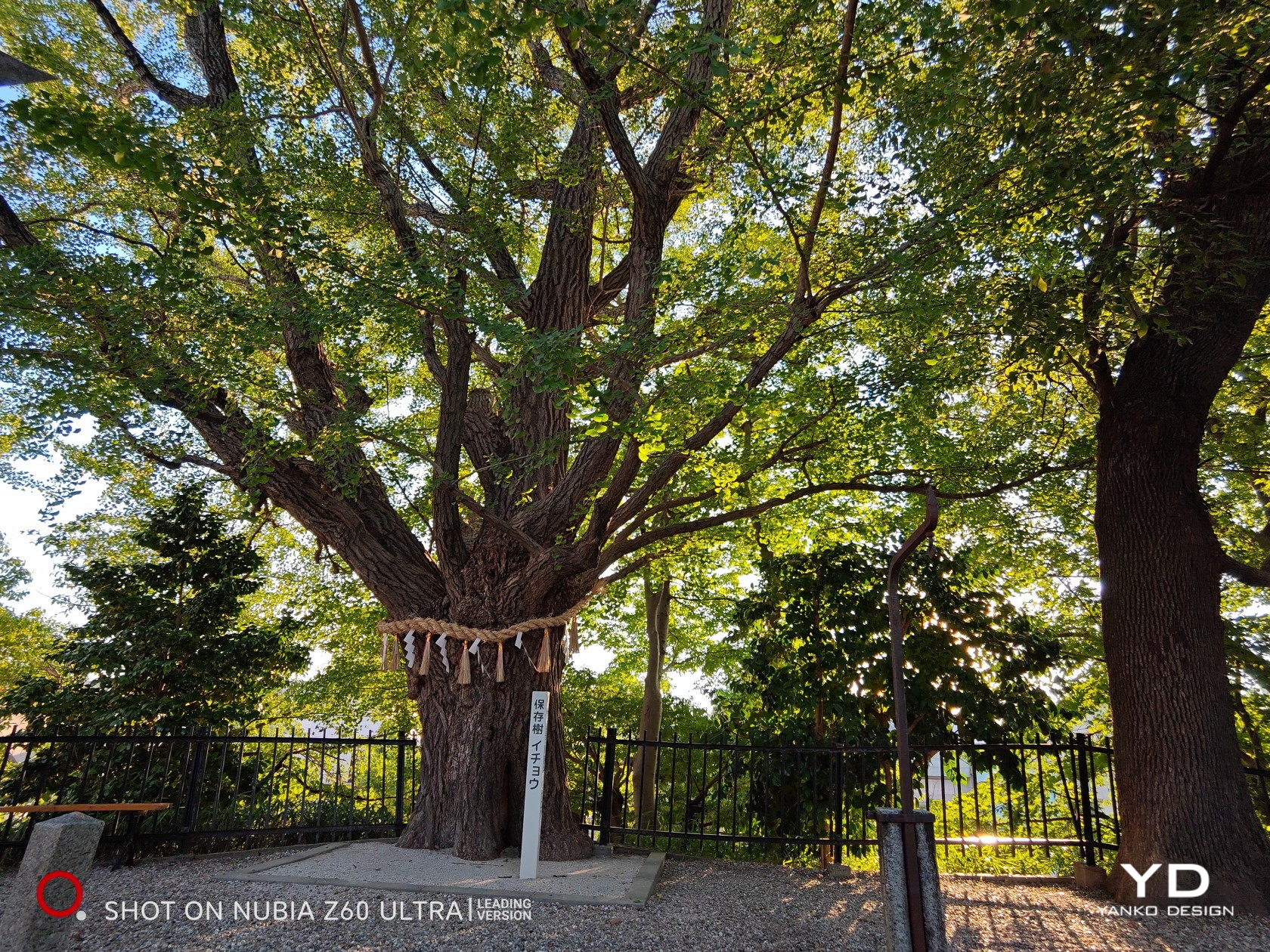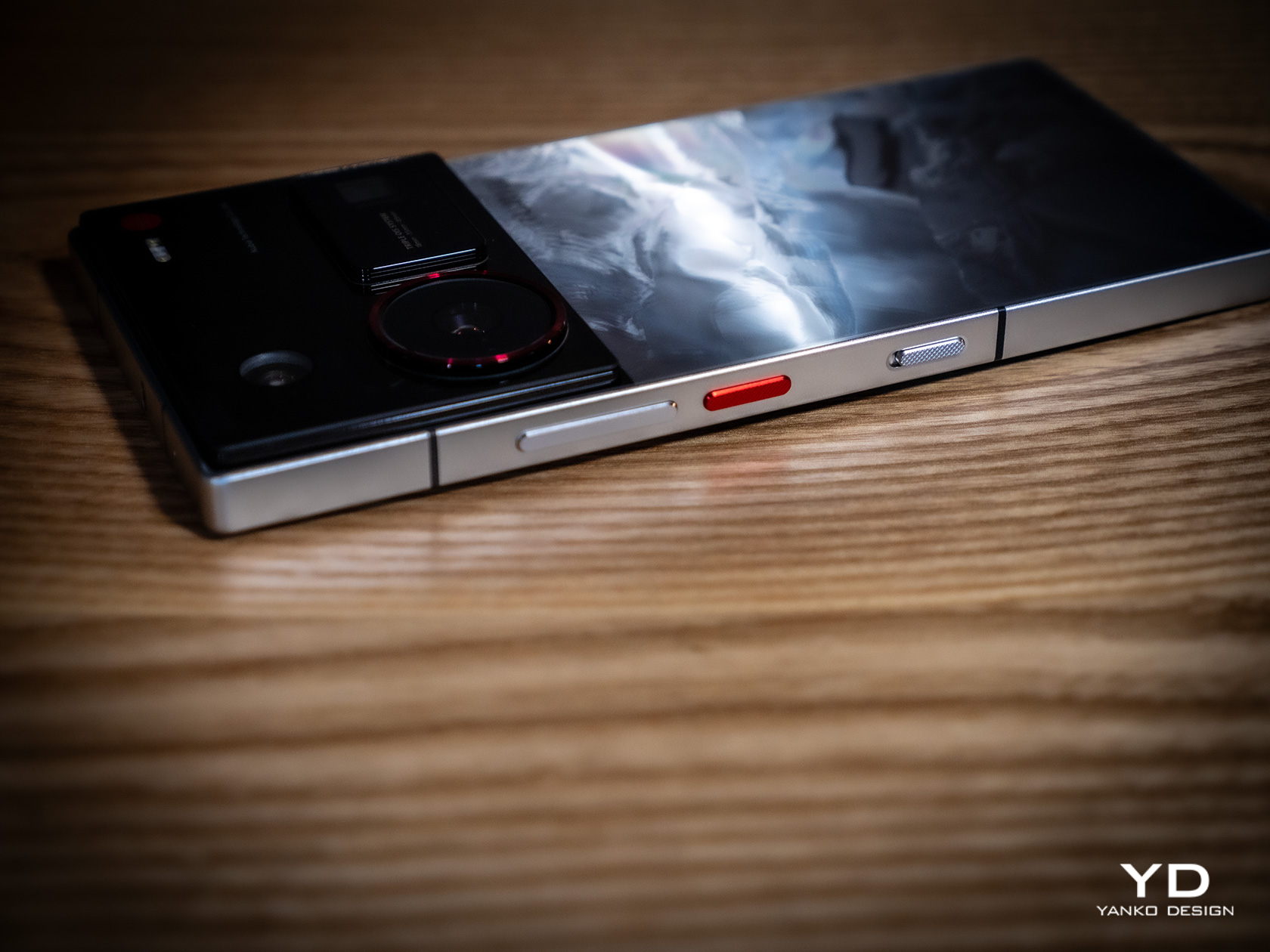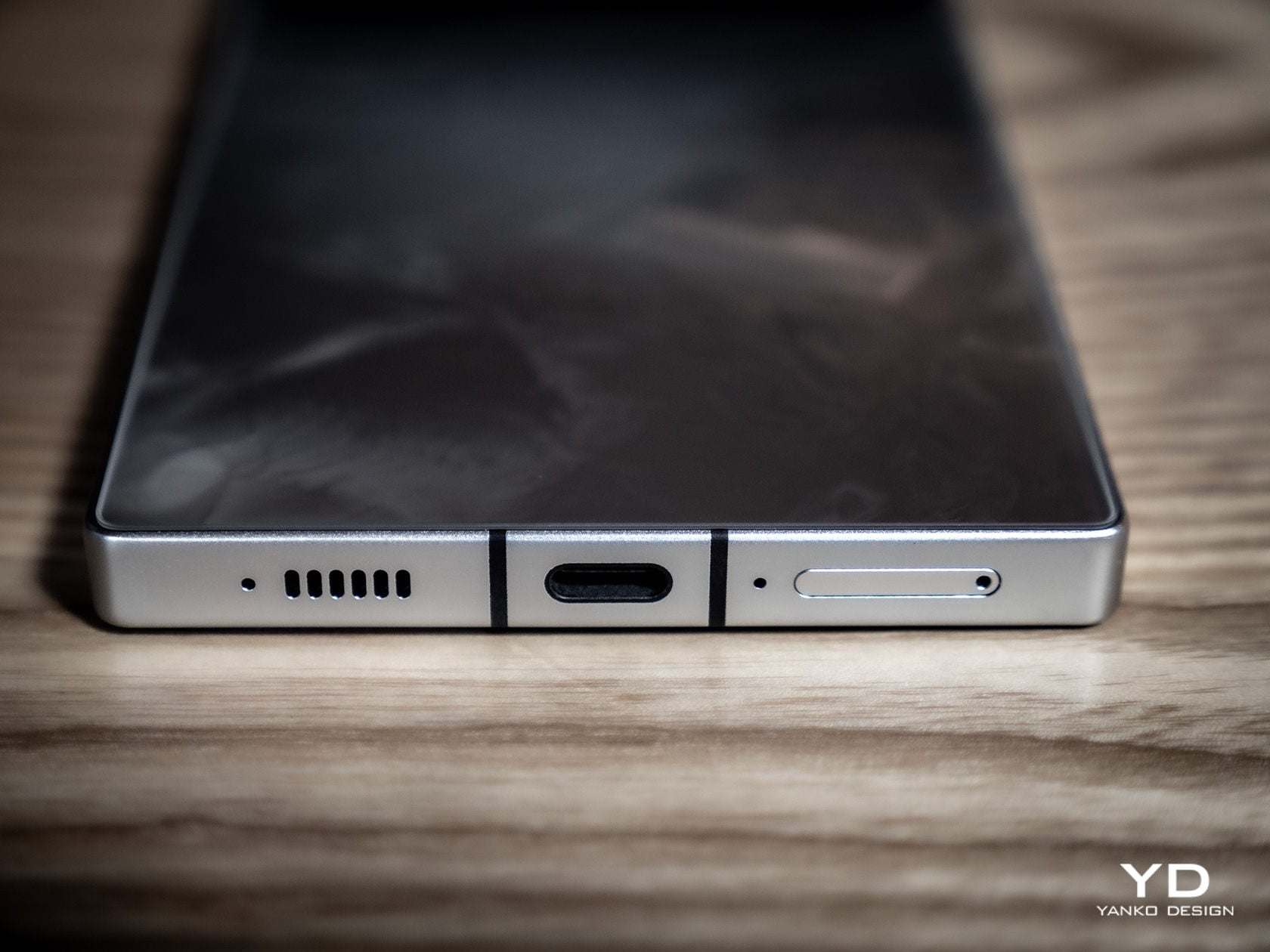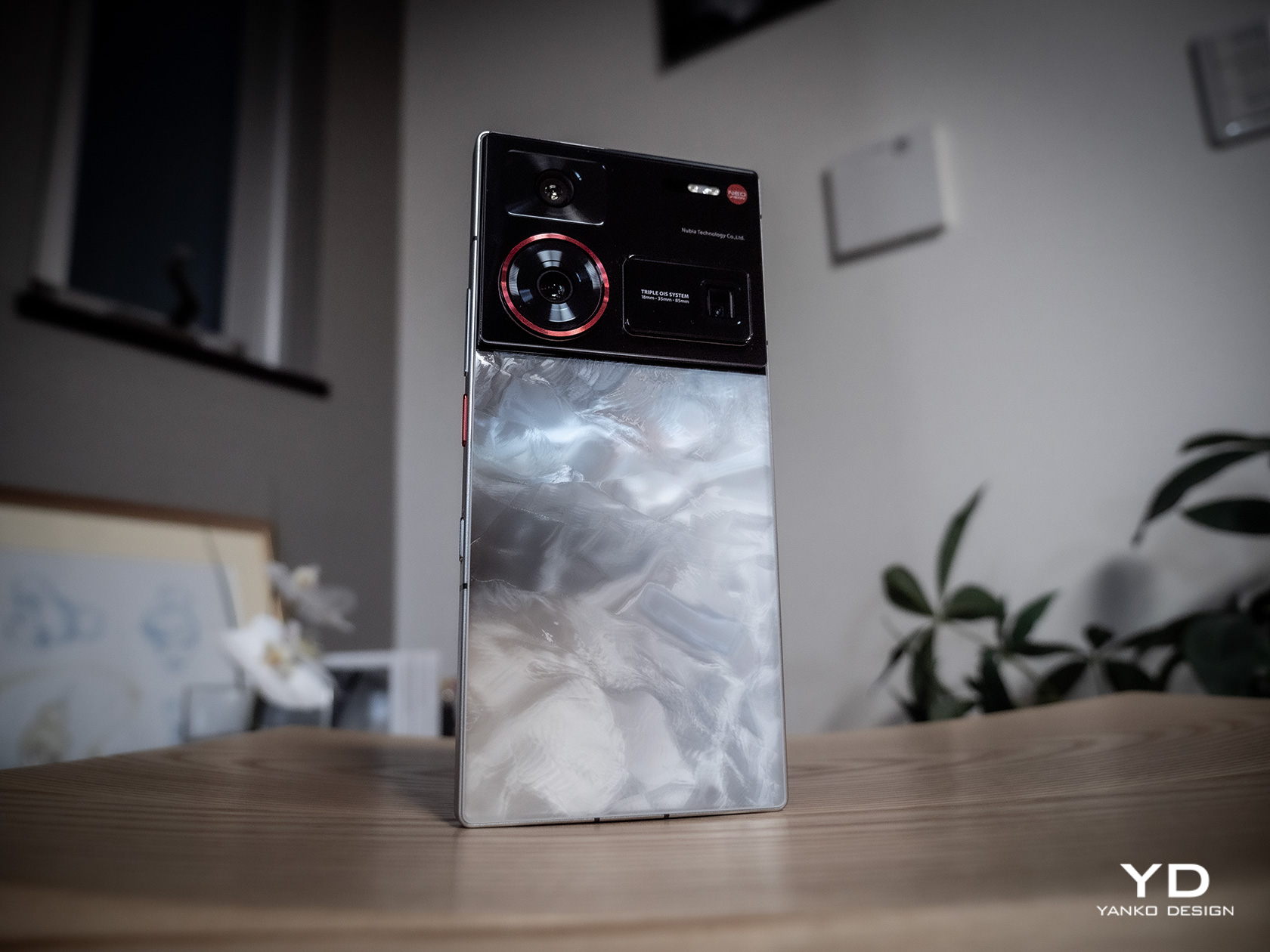
PROS:
- Sophisticated quad-camera system with dual-periscope telephoto
- Excellent ergonomics and sleek design
- Impressive performance
CONS:
- Quick button functionality can be inconsistent
- Limited to 80W wired charging
RATINGS:
SUSTAINABILITY / REPAIRABILITY
EDITOR'S QUOTE:
The OPPO Find X8 Pro distinguishes itself from competitors with unique selling points such as a sophisticated quad-camera system that includes dual-periscope telephoto lenses, providing unparalleled versatility in photography.
OPPO is turning up the heat in the flagship arena with the launch of the global version of the OPPO Find X8 series. These premium devices place a major emphasis on camera innovation, with Hasselblad lending its expertise to elevate the photography experience. The Find X8 Pro, in particular, exemplifies OPPO’s partnership with Hasselblad, offering a sophisticated quad-camera system that includes dual-periscope telephoto lenses for unmatched versatility.
Beyond its photographic prowess, the Find X8 Pro delivers impressive performance powered by MediaTek’s latest Dimensity 9400 chipset, complemented by excellent ergonomics for a comfortable user experience. We put the device through its paces to see just how well it performs under various conditions, evaluating its capabilities in real-world scenarios.
Designer: OPPO
Aesthetics
The OPPO Find X8 Pro has undergone a significant design transformation, presenting a more subtle elegance with a less dominant camera island. OPPO has managed to reduce the size and thickness of the camera bump by 40% compared to its predecessor, according to the company. Although the camera bump remains prominent, it is now more streamlined.

The camera island is designed with perfect symmetry, housing four cameras and featuring the Hasselblad H branding at its center. OPPO’s distinctive Cosmos Ring design and the iconic orange dot are also present, paying homage to classic cameras.
Both variants of the Find X8 Pro are sleek and sophisticated, embodying modern design principles. The Space Black model boasts a frosted textured back panel with a matching matte black aluminum frame and a glossy black camera island, creating a seamless and understated look.

The Pearl White variant, inspired by organic beauty, features a unique pearl-like pattern on the back panel that subtly reflects light, complemented by a silver matte frame and a white camera island. This variant captures attention with its elegant and refined appearance. Notably, there is no vegan leather option available for the Find X8 series.
The overall design of the OPPO Find X8 Pro reflects a meticulous attention to detail, ensuring that both color options offer a premium feel and a visually appealing aesthetic.
Ergonomics
The OPPO Find X8 Pro excels in ergonomics, thanks to its thoughtful design and reduced size and weight. With dimensions of 162.27×76.67×8.24 mm for the Space Black variant and 162.27×76.67×8.34 mm for the Pearl White variant, and a weight of 215 grams, the device is not small but manages to avoid feeling massive in hand. This is largely due to its reduced thickness and weight, which contribute to a comfortable grip.

The back panel is slightly curved at all four edges, providing a seamless transition to the frame and enhancing the device’s ergonomics. The slightly curved glass around the edges facilitates smooth swiping, making navigation a breeze. However, the placement of the fingerprint scanner near the bottom edge can make unlocking and operating the phone a bit awkward.
OPPO has reintroduced the alert slider, allowing users to quickly switch between ring, vibrate, and silent modes. Additionally, the Find X8 Pro features a new quick button on the right side, dedicated to camera functions. This capacitive touch button enables rapid camera launch in just 0.4 seconds with a double tap, as well as zooming in and out by sliding your finger and snapping photos in single or burst mode.

The concept of a dedicated camera button is exciting, but my experience with it was a bit of a mixed bag. I’ve had a similar experience with the iPhone 16’s button, which was also less than impressive. OPPO’s quick button is different from the iPhone’s, as it is a capacitive touch button. However, it requires a bit of force to activate, which can make it feel less responsive.
The zooming function sometimes went in the opposite direction of what I intended, though I did notice some improvement after adjusting the pressure sensitivity settings, and I got better with practice. Personally, I still find the dial carousel on the camera UI easier for zooming, but that might just be me. It would be nice if the quick button included features like a two-stage shutter (half-press for focus, full-press for shutter) and some customization options.

Overall, the OPPO Find X8 Pro impressively balances advanced features like its four-camera system with a design that remains sleek and manageable. It’s a testament to OPPO’s engineering that they managed to incorporate such powerful features into a device that remains easy to handle and use. While there are still some areas, like the quick button, that could be refined further, the overall ergonomic design is commendable.
Performance

The OPPO Find X8 Pro is a powerhouse in terms of camera capabilities, boasting an impressive array of hardware and features. It is equipped with four 50MP cameras, including two periscope telephoto lenses, just like the Find X7 Ultra. The phone sports a 32MP camera on its front for selfies.

Main, 1x

Main, 1x, Low Light

Main, 2x Portrait, Low Light
The main camera features a 1/1.4-inch Sony LYT-808 sensor with an f/1.6 aperture and optical image stabilization (OIS). It excels in both well-lit and low-light conditions, capturing photos with vibrant yet natural colors and accurate white balance. The main lens also offers a 2x optical zoom, adding versatility to your photography.

Main, 1x

Telephoto, 3x

Telephoto, 6x

Telephoto, 30x

Telephoto, 60x

Telephoto, 120x
The 3x optical zoom, 73mm-equivalent camera boasts a 1/1.95-inch Sony LYT-600 sensor, an f/2.6 aperture, and OIS. The 6x optical zoom, 135mm-equivalent telephoto camera features a 1/2.51-inch Sony IMX-858 sensor, an f/4.3 aperture, and OIS. Both telephoto lenses deliver detailed, well-exposed (sometimes slightly overexposed) shots with impressive dynamic range across various lighting scenarios.
The ultra-wide camera, featuring a Samsung 5KJN5 sensor with a 1/2.75-inch size and an f/2.0 aperture with autofocus, completes the versatile camera system. While it may be less exciting compared to the other lenses, it performs reliably well.
The portrait mode offers a range of focal lengths, including 23mm, 48mm, 73mm, and 136mm, providing outstanding subject isolation and creamy bokeh at any focal length.

Ultrawide, 0.6x

Macro, 3x

Portrait, 73mm
The device can record 4K 60fps Dolby Vision video on all cameras, including the front-facing one. Videos from the rear cameras are well-exposed, featuring vibrant colors and smooth transitions between lenses.
The OPPO Find X8 Pro features a stunning 6.78-inch AMOLED display with a 120Hz refresh rate, offering a resolution of 2780×1264 and a pixel density of 450 PPI. With a peak brightness of 4500 nits, the display is exceptionally bright, fluid, and vibrant, making it perfect for viewing content in any lighting condition. The inclusion of 2160Hz PWM dimming ensures comfortable viewing by reducing flicker, even at low brightness levels.

Under the hood, the Find X8 Pro is powered by the latest MediaTek Dimensity 9400 chipset, paired with either 12GB or 16GB of LPDDR5X RAM. Storage options range from 256GB to 1TB of UFS 4.0, providing ample space and speed for all your apps and media. The phone can handle demanding workloads effortlessly, including intensive gaming sessions and multitasking.
Running on ColorOS 15 atop Android 15, the Find X8 Pro offers a smooth and intuitive user experience. As expected from a 2024 flagship, it includes a suite of AI features, such as AI Studio and AI Reflection Remover. While testing the AI Reflection Remover, results were a bit hit or miss; however, this feature holds promise and could become incredibly useful as it becomes more sophisticated.

ColorOS 15 also introduces Touch to Share, enabling simple file transfers between the Find X8 Pro and iOS devices via NFC. This feature, which requires the O+ Connect app on iOS, will be available in a future update.
The phone is equipped with a robust 5910mAh silicon-carbon battery, supporting 80W wired fast charging and 50W wireless charging. Additionally, the device offers 10W reverse wireless charging, allowing you to power other gadgets on the go. Battery life is impressive, typically lasting a full day of heavy use without the need for a recharge.

Sustainability
With environmental responsibility becoming more critical these days, the sustainability of tech products is increasingly scrutinized. The OPPO Find X8 Pro, while impressive in its technological prowess, has room for improvement in its ecological impact. Constructed with reinforced glass and hardy aluminum alloy the device offers durability, and its IP68 and IP69 ratings provide robust protection against dust and water, further extending its lifespan.
However, by adopting a more proactive approach to sustainability, such as incorporating recycled materials and enhancing repairability, OPPO could significantly boost the Find X8 Pro’s appeal to eco-conscious consumers.
Value
In the Chinese market, the OPPO Find X8 Pro offers a compelling value proposition with its impressive specifications and features. The base model, featuring 12GB of RAM and 256GB of storage, is priced at CNY 5,299 (approximately 735 USD), while the higher-end model with 16GB of RAM and 1TB of storage is available for CNY 6,499 (approximately 900 USD).

At a similar price point, the Xiaomi 15 Pro presents itself as a competitive alternative. Meanwhile, the Vivo X200 Pro is positioned as a slightly more budget-friendly option within the premium smartphone segment.
Although pricing for markets outside of China is not available at the time of writing, OPPO’s strategy in its home market suggests an intent to deliver high-end performance and features at an accessible price point.
The Find X8 Pro distinguishes itself from competitors with unique selling points such as a sophisticated quad-camera system that includes dual-periscope telephoto lenses, providing unparalleled versatility in photography. Additionally, the device features a quick button for rapid camera access and an action button designed to enhance user interaction and convenience.

Verdict
The OPPO Find X8 Pro is a standout in the flagship smartphone market, offering a blend of cutting-edge technology and elegant design. Its camera system, developed in collaboration with Hasselblad, provides exceptional versatility and quality, making it a top choice for photography enthusiasts. The device’s performance and ergonomics are equally impressive, ensuring a smooth and enjoyable user experience. While there are areas for improvement, such as the quick button functionality, the Find X8 Pro remains a compelling option for those seeking a premium smartphone with a strong emphasis on photography and performance.

The post Oppo Find X8 Pro Review: Powerful Quad-Camera, Now with a Slimmer Profile first appeared on Yanko Design.
